A Romanian Reunion
September 6th-10th, 2019
In the 6th grade I did a book report on Bram Stoker’s Dracula. With no class assignment in mind I also read Helter Skelter and Silence of the Lambs around the same age. I found the macabre fascinating and I liked signaling my precociousness in this particularly strange way.
As a fan of Dracula and vampire movies in general, I always wanted to visit the country of Romania and more specifically, Transylvania.
When a couple of my friends wanted to meet up in Romania, I jumped at the chance.
A major part of Dracula is set in Transylvania, and “Bran’s Castle,” also known as “Dracula’s Castle” has become one of the biggest tourist attractions in Romania.
So why is Bran Castle known as “Dracula’s Castle?” Many people are aware that Count Dracula is loosely based on the historical figure of Vlad the Impaler, whose surname is not Impaler. He earned that name with acts of cruelty. Despite committing what we would now recognize as war crimes, he’s remains a beloved figure in Romania. There is no evidence directly linking Vlad the Impaler to Castle Bran, although it’s possible he visited it.
If the castle has no connection to Vlad, does it resemble Dracula’s castle in the novel? Nope. The castle described in the book is nothing like Bran Castle.
Did Romanian tourism successfully capitalize on vampire curiosity and brand one of its castles as such. You bet it did.
Castle Bran is still worth a visit if you’re in the town of Brasov, but it might be a little underwhelming if you’re venturing out from Bucharest, which is pretty far. It does the tricky task of balancing its own history with the fictional history that has sprung up around it. It doesn’t adequately address the way it was branded “Dracula’s Castle,” but it does go in to detail about the Romanian folk lore that inspired Bram.
Castle Bran was notably a royal residence for Queen Maria of Romania, who ruled over Romania and is considered responsible for Romania entering WWI. She famously worked alongside her daughters as a nurse during the war. She was a popular ruler and the castle was gifted to her.
After I toured the castle, Carlos and I took the TRANS BUS back to Brasov, which is the best name for a bus that ever existed. We stopped for some traditional Romanian food. The menu was pork heavy, but I had a typical dish which was a combination of cottage cheese, sour cream, and polenta. Needless to to say, it was heavy.
The town of Brașov is picturesque and filled with a surprising number of fancy designer stores. It seemed a little bit like Romania’s version of Bruge.
We took a train to Bucharest, where we would spend the next four days. Romania’s trains are notoriously slow, so locals have begun to use BlaBlaCar to get around the country.
Bucharest
The National Museum of Art of Romania
The National Museum of Art of Romania is split into two galleries. One has Romanian Art spanning back centuries while the other focuses on European Art more broadly. We opted to go to the Romanian section. Highlights included baby Jesus that looked like Paul Giamatti and a whole host of ancient caftans.
When I passed by some local suit shops, they were so much vampier than I ever imagined. They looked like a parody of what a vampire might wear.
Bucharest Nightlife
My friends Carlos, Daniel, and I tried out a few bars in Bucharest. It was my first time in a large city in quite some time. The first bar we went to was called Thor’s Hammer Gay Bar. Apparently, it’s a gay bar started by a Norwegian guy. Carlos was shocked at the price of the drinks but after a few weeks in the Balkans I had already become spoiled. We met some local Romanian guys that took us to a clubbier place. It had this great outdoor patio with one major catch, it was filled with cigarette smoke. We take our smoking bans for granted.
Cărturești Carusel
This book shop looked straight out of a pinterest board. There was a giant globe in the center, but I think that was a temporary exhibition. There were plenty of English book options, surprisingly.
ANTIPA
This is one of the most famous museums in all of Bucharest. It’s full of elaborate taxidermy. The piece de resistance is the giant skeleton of a prehistoric elephant. For scale they set it next to a modern elephant and it was astonishing in its size.
"Dimitrie Gusti" National Village Museum
To get a sense of how people in Romania lived, there’s nothing better than Dimitrie Gusti. It is located in King MIchael I park on the north side of town. I didn’t appreciate how large the complex was until I arrived. There were also all kinds of merchants selling traditional goods and crafts. I tried some Bragă, which is a fermented grain beverage.
Therme
Part water park, part spa, and part pool party, there is no way to quite do Therme justice. It’s just north of the city of Bucharest. I went on my own, as I knew it was something I wanted to experience. I was forced to rent a towel and buy some “slippers” (Flip flops) before going in.
There are three parts of Therme:
Galaxy: The family-oriented theme park. There were slides both with and without innertubes.
The Palm: A palm tree-lined enormous area filled with pools. This area was more about the groups of friends having drinks at the swim-up bar.
Elysium: This consisted entirely of various wet and dry saunas. My favorite room was called “Hollywood” that projected things like Planet Earth onto the wall while I was sitting in the heat. All of the saunas had themes. It was the fanciest section of the complex and so admission here included the other two areas.
Clearly Romania does not have have the same discourse around cultural appropriation. They had a ton of Native American-themed drinks and spa treatments. Their catalogue was full of white models dressed in a Romanian approximation of cultural garb all over the world. Yikes.

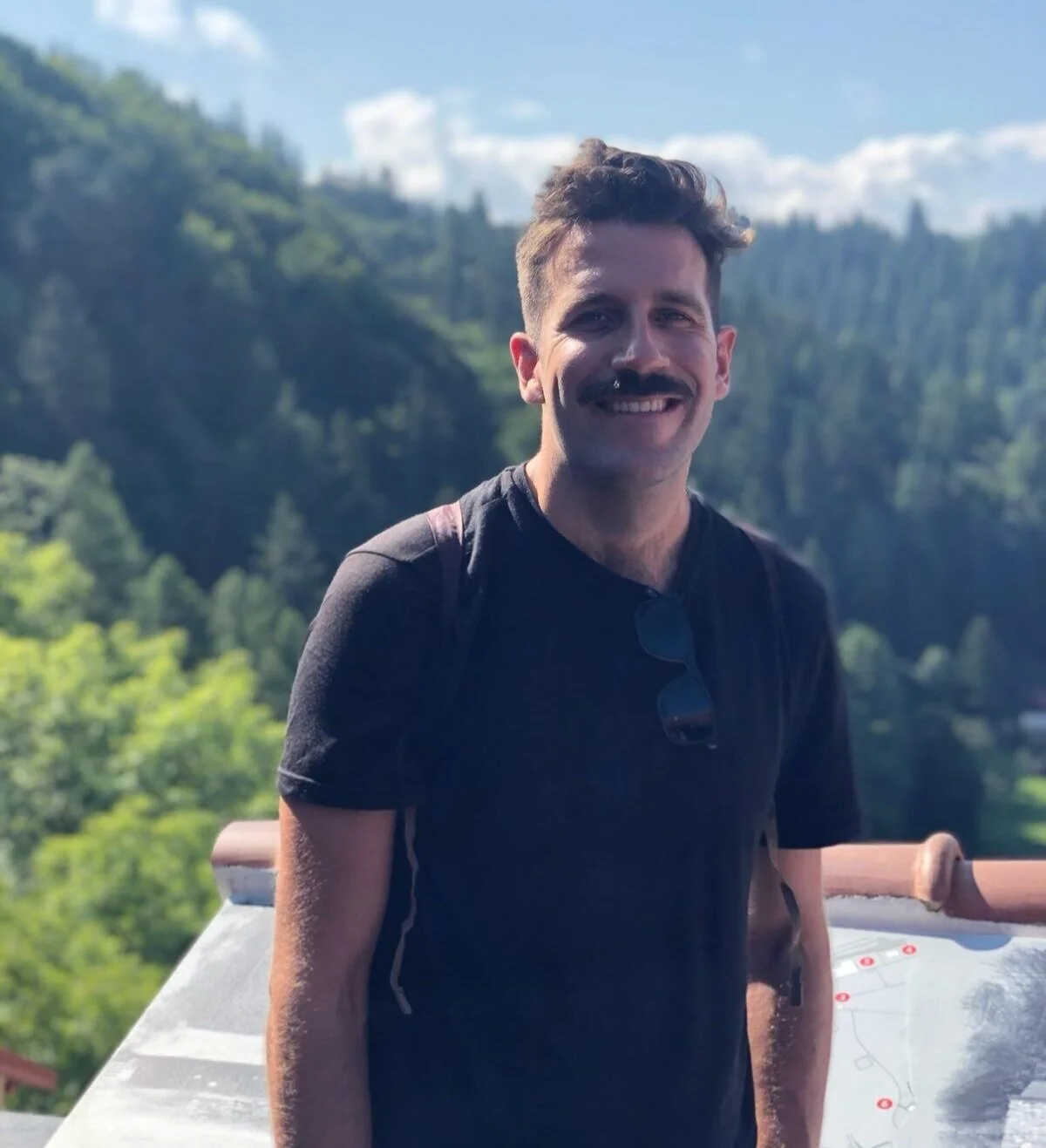
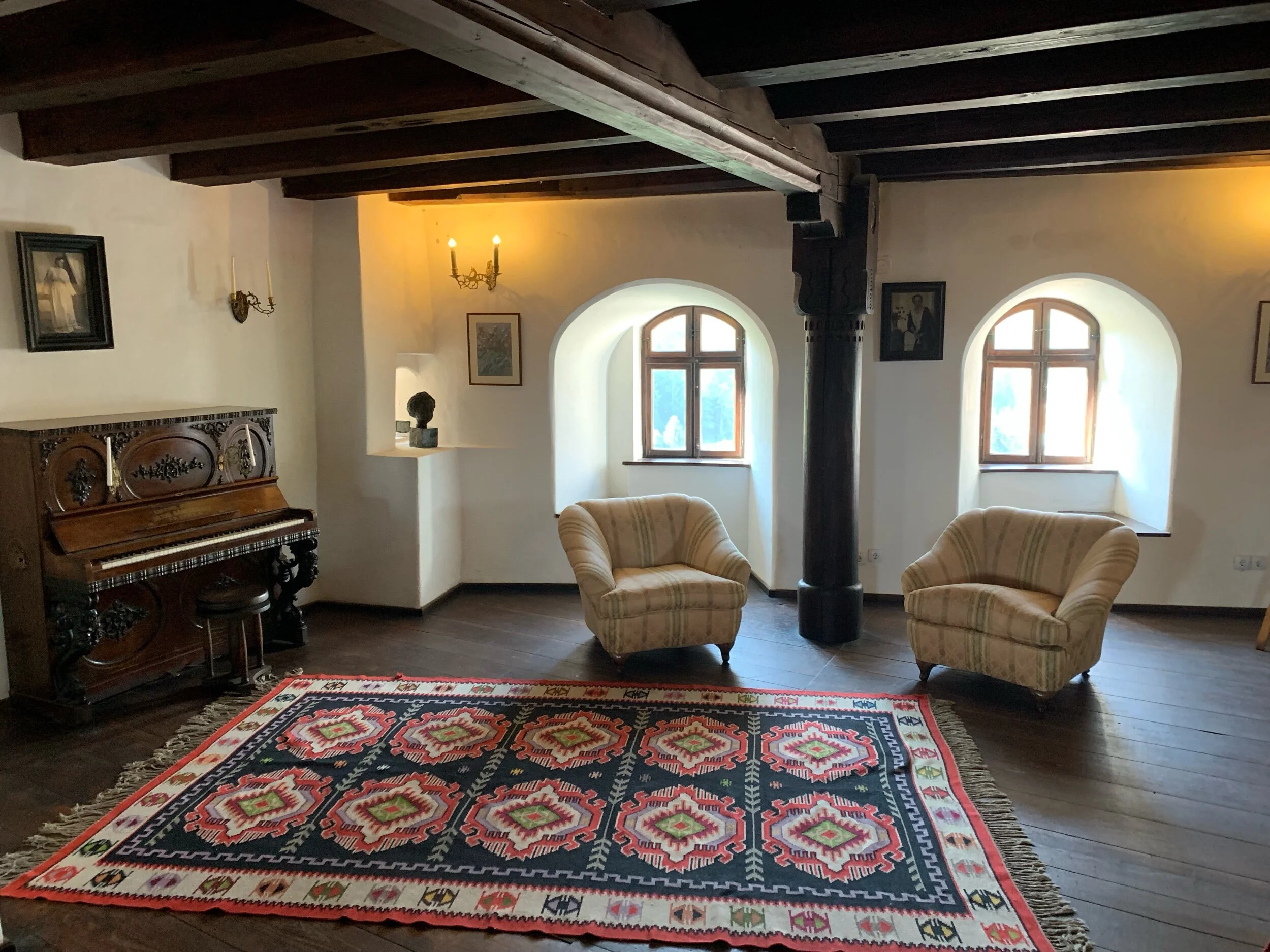
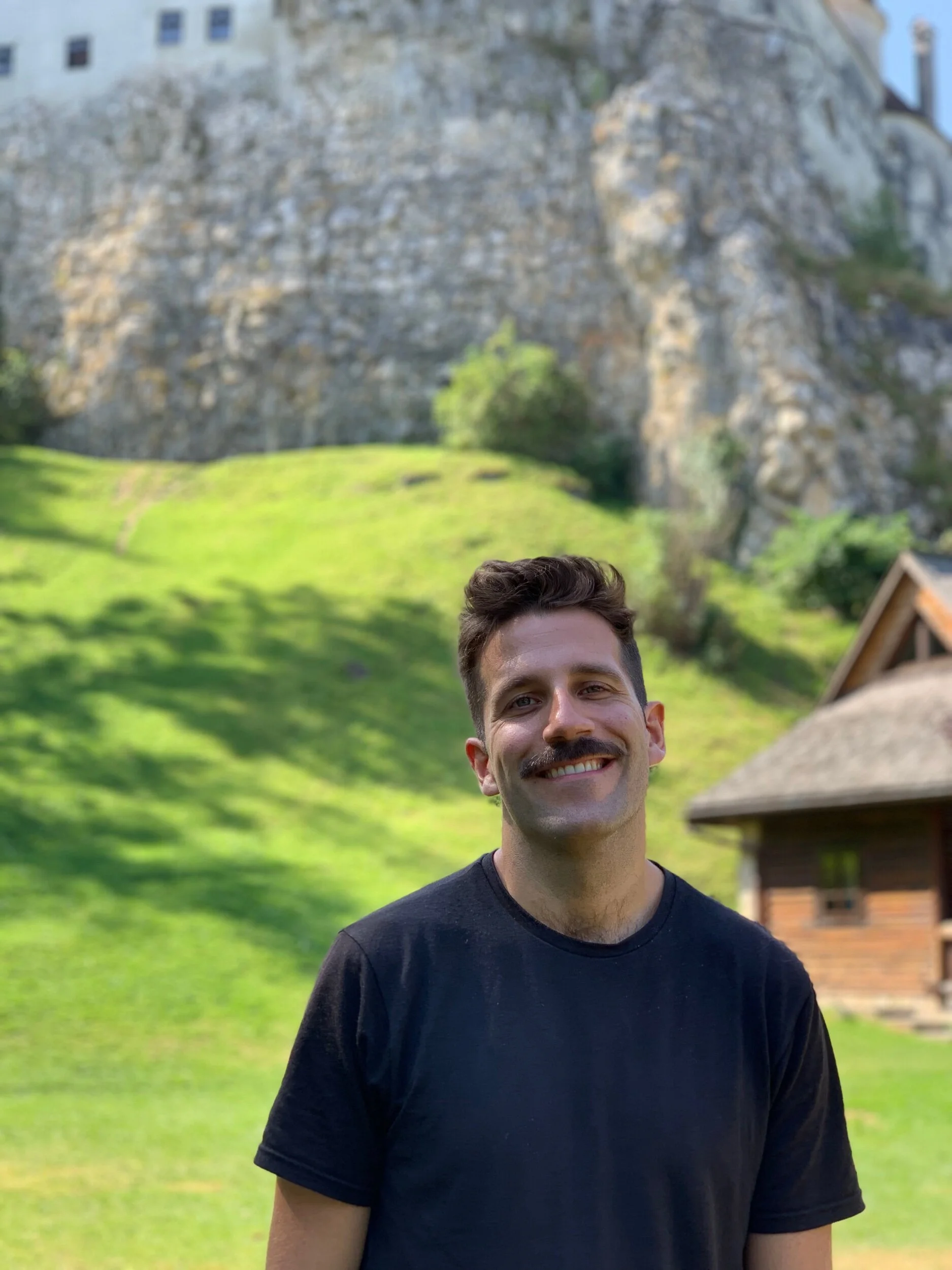
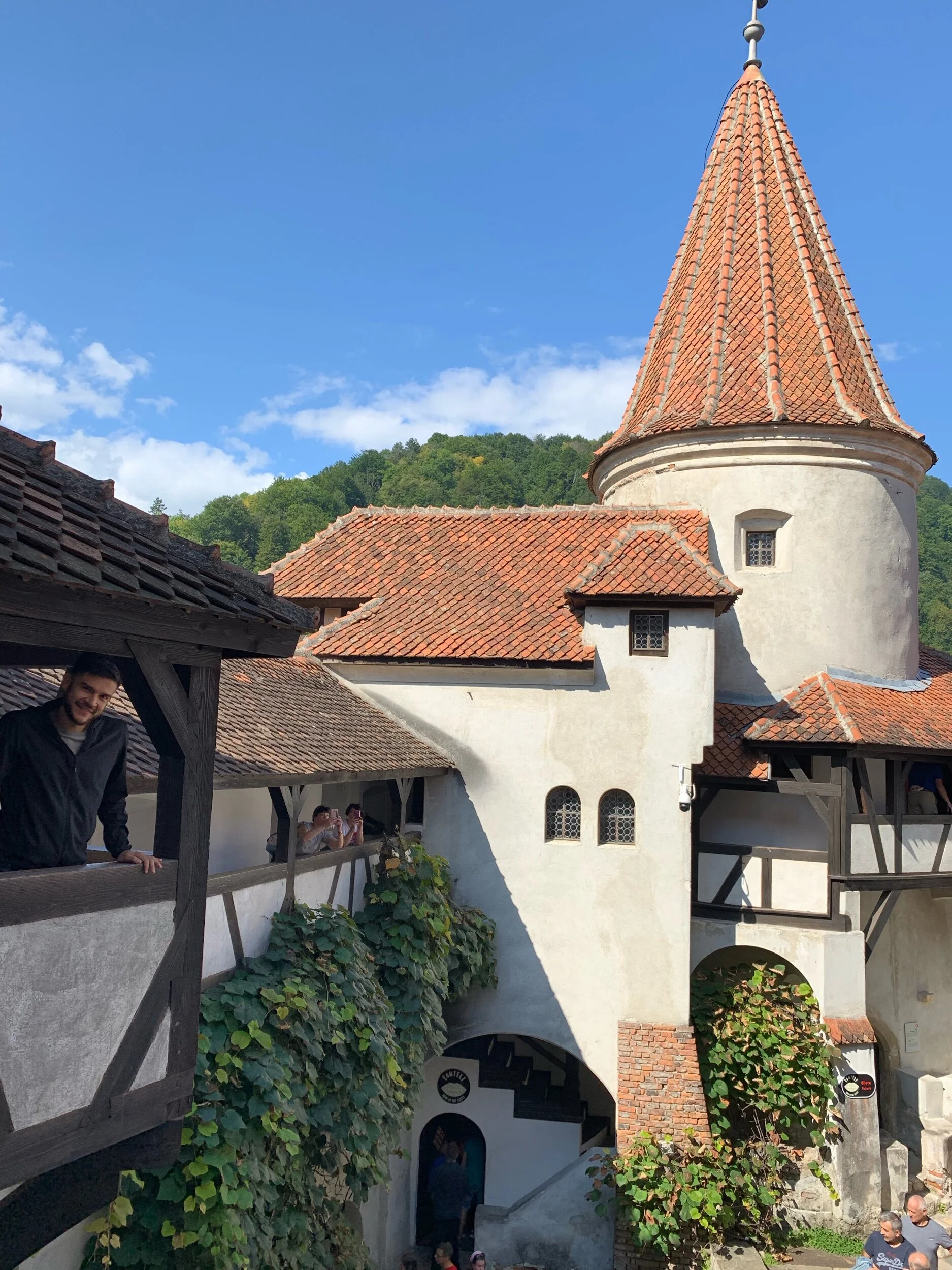
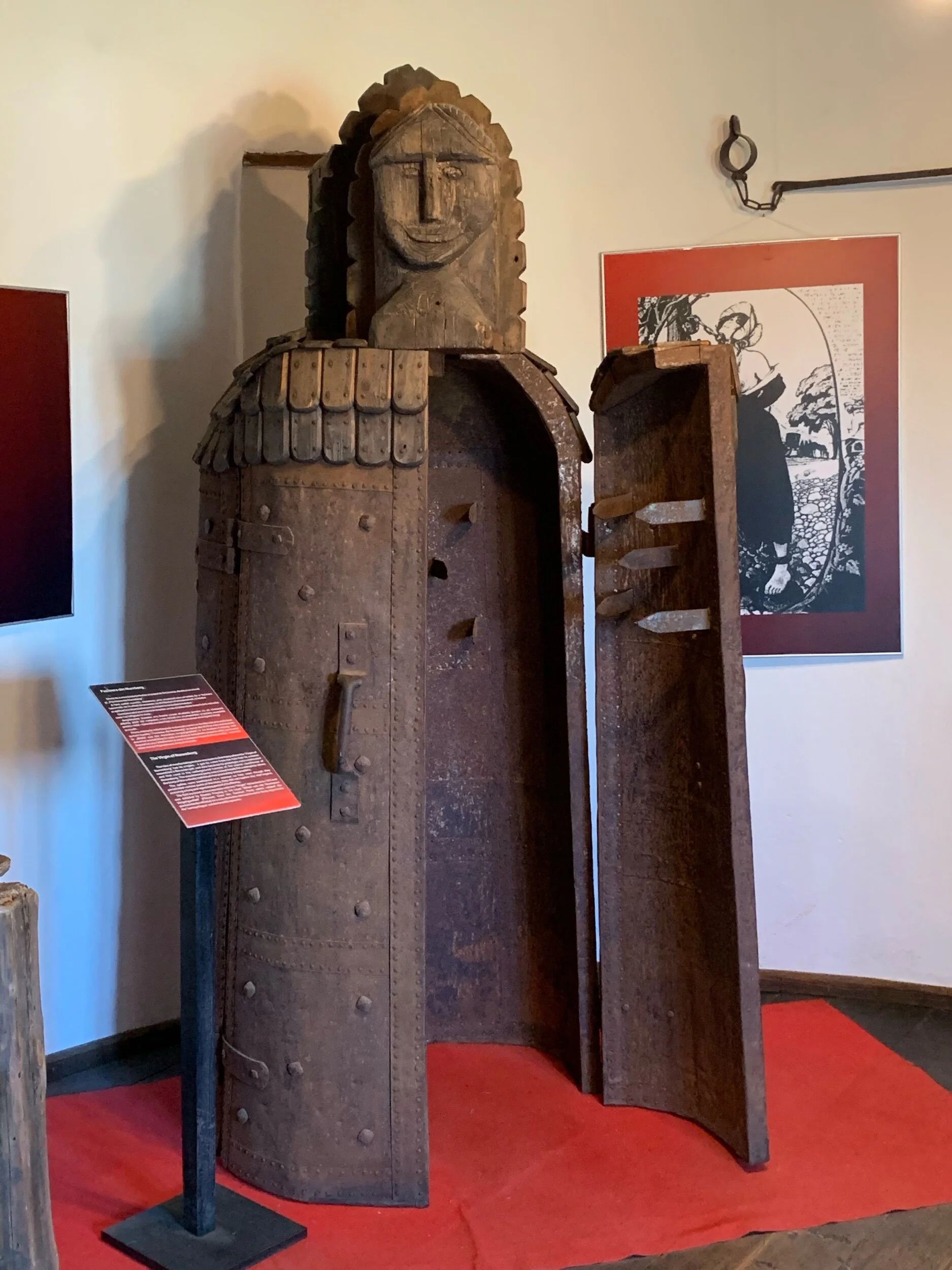

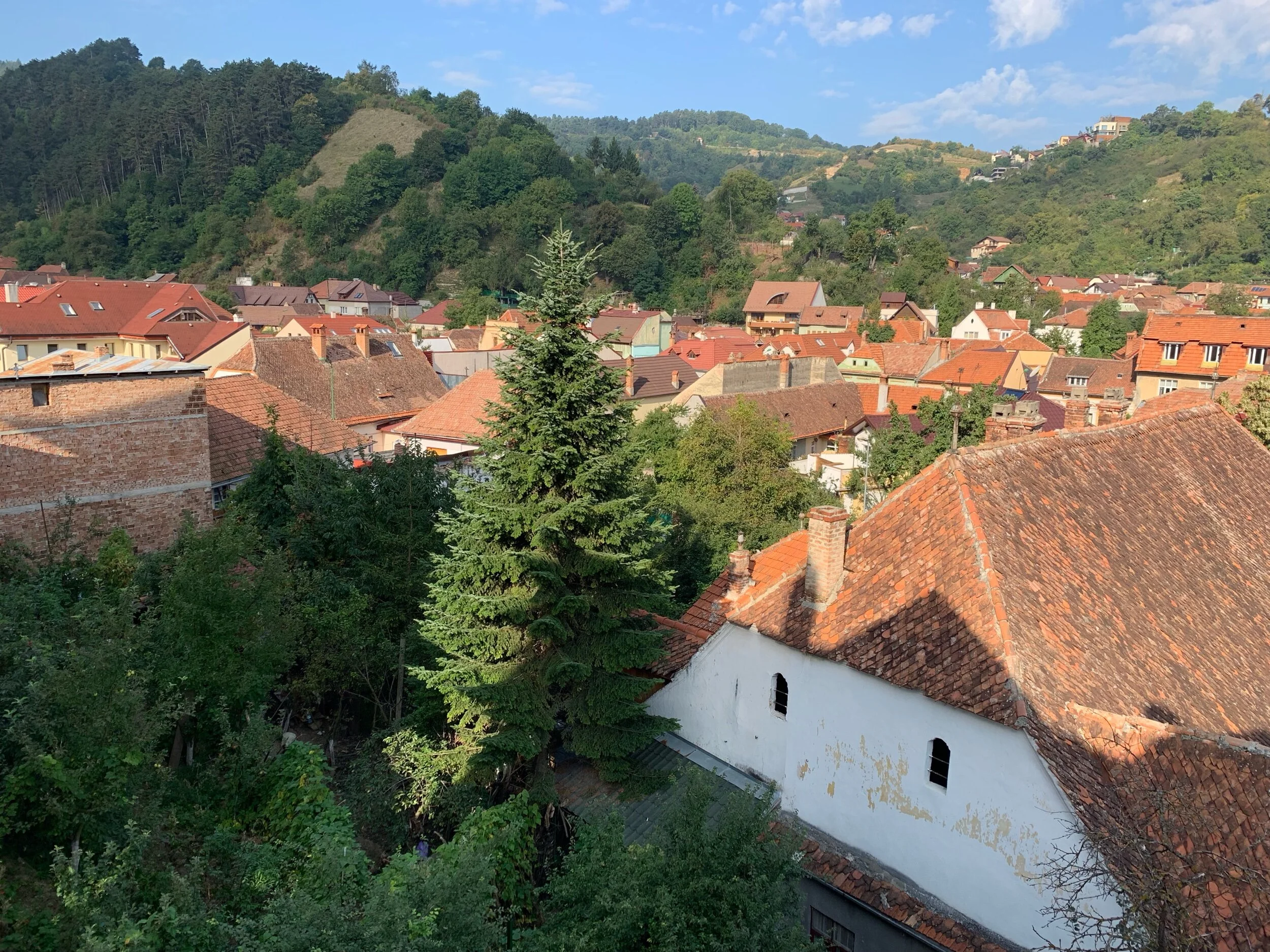
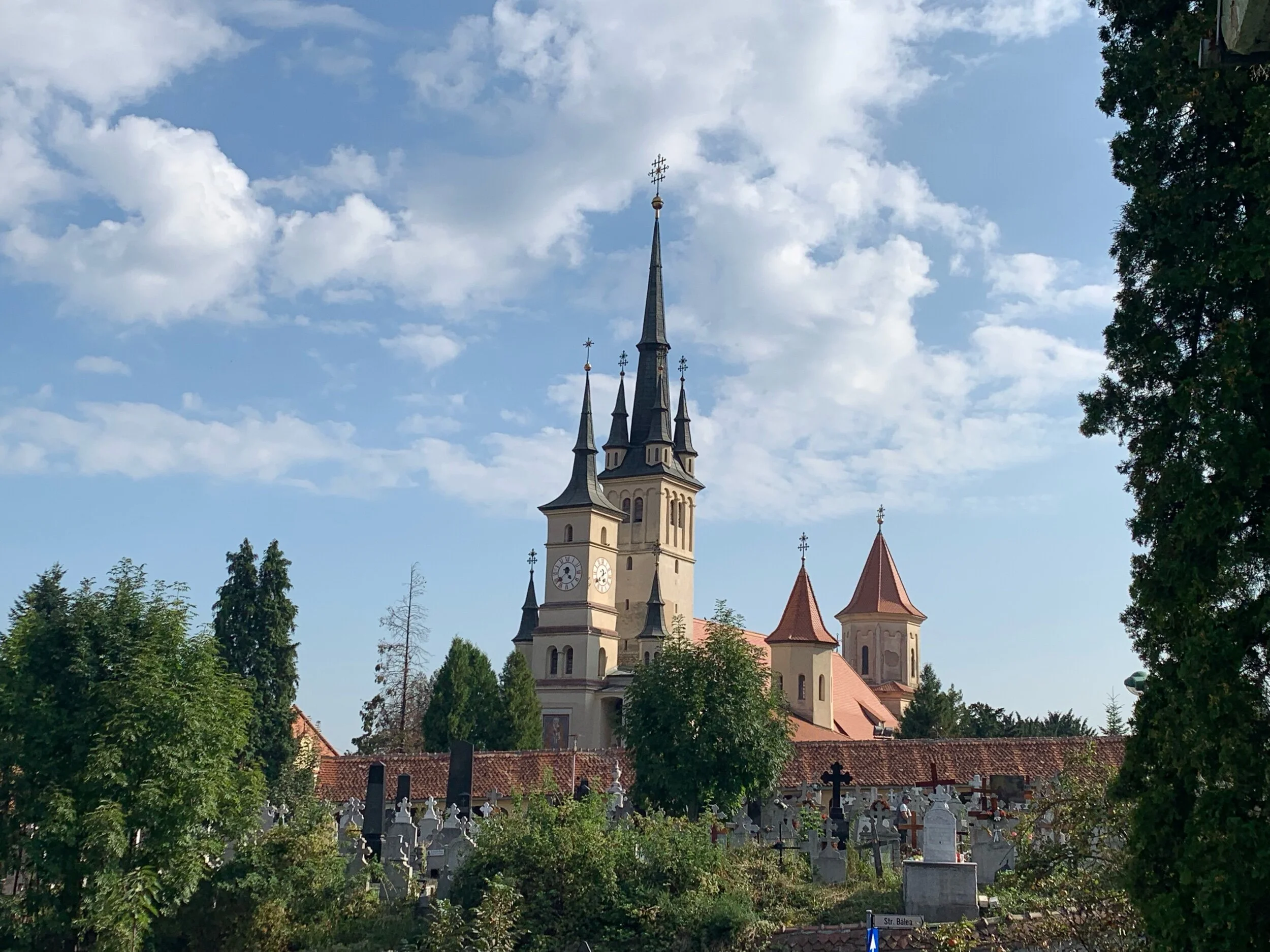
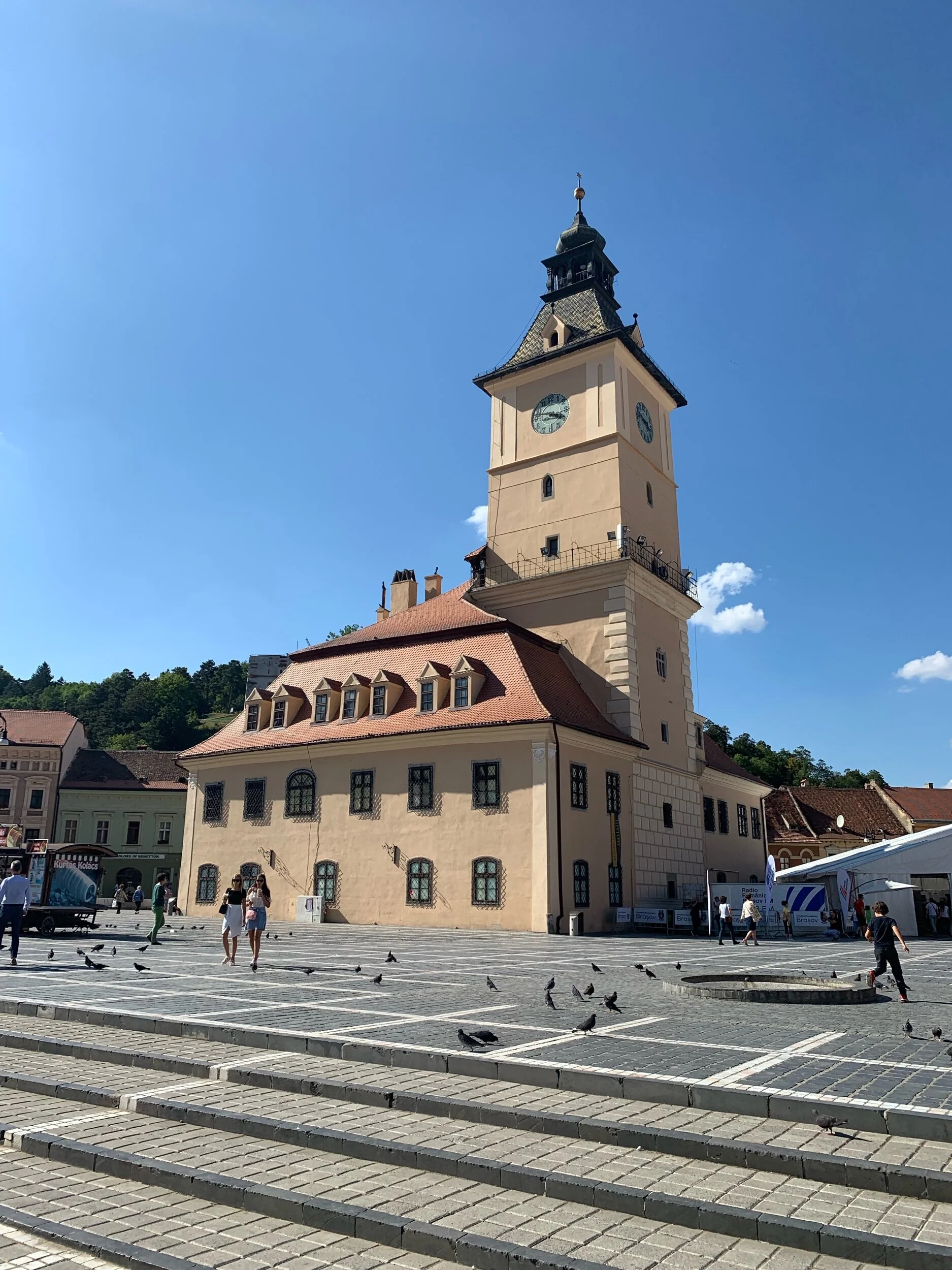
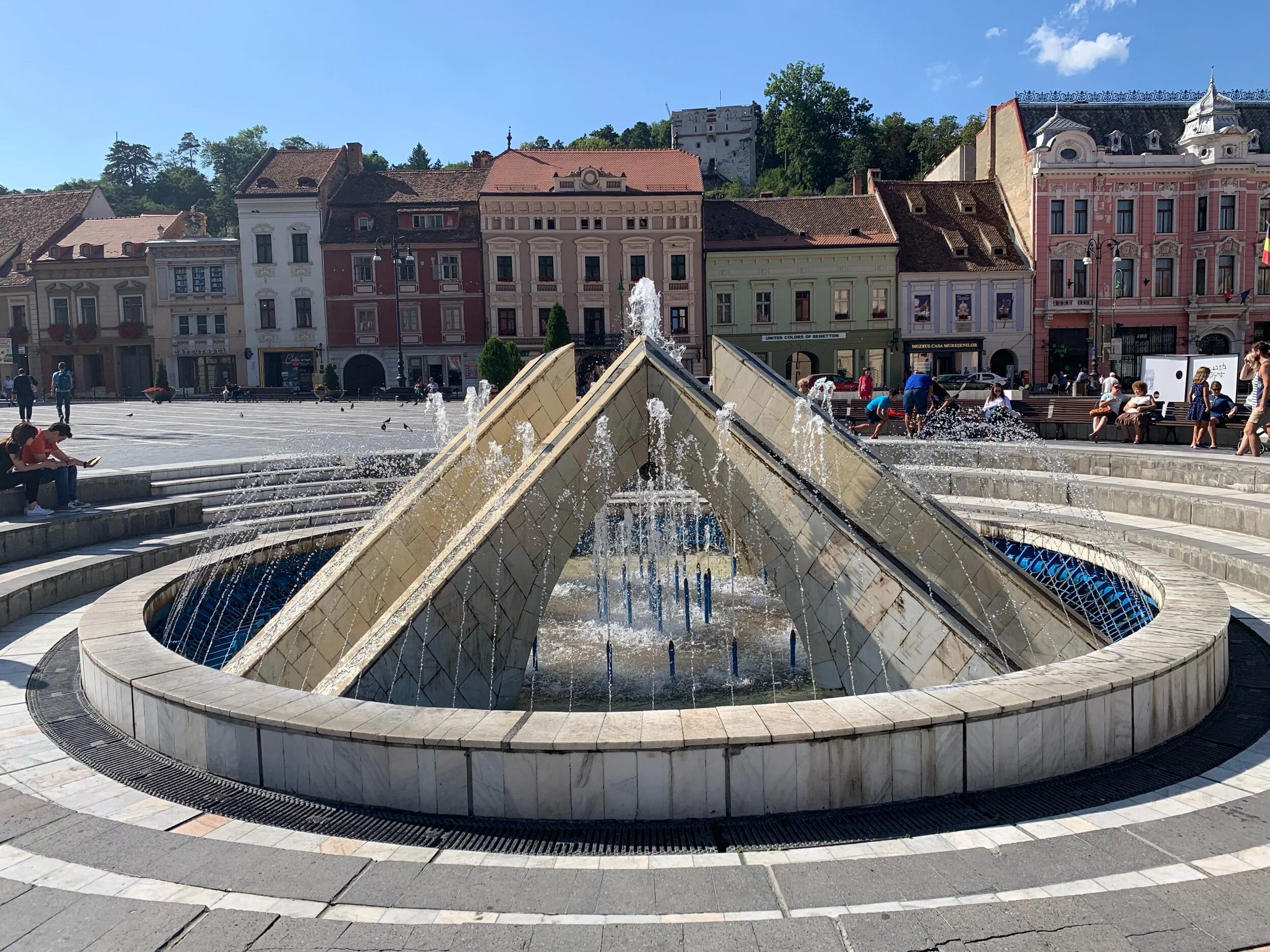
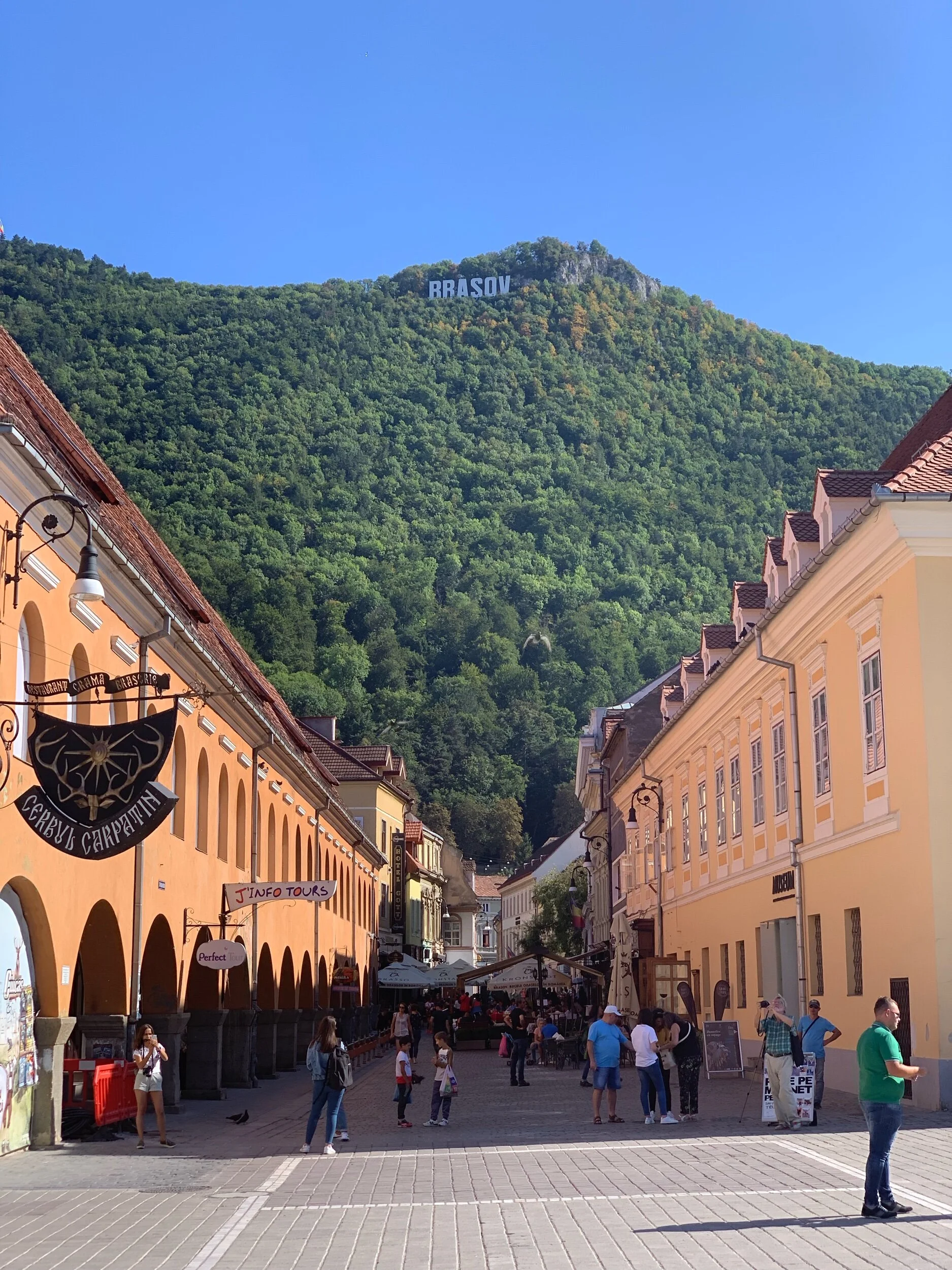
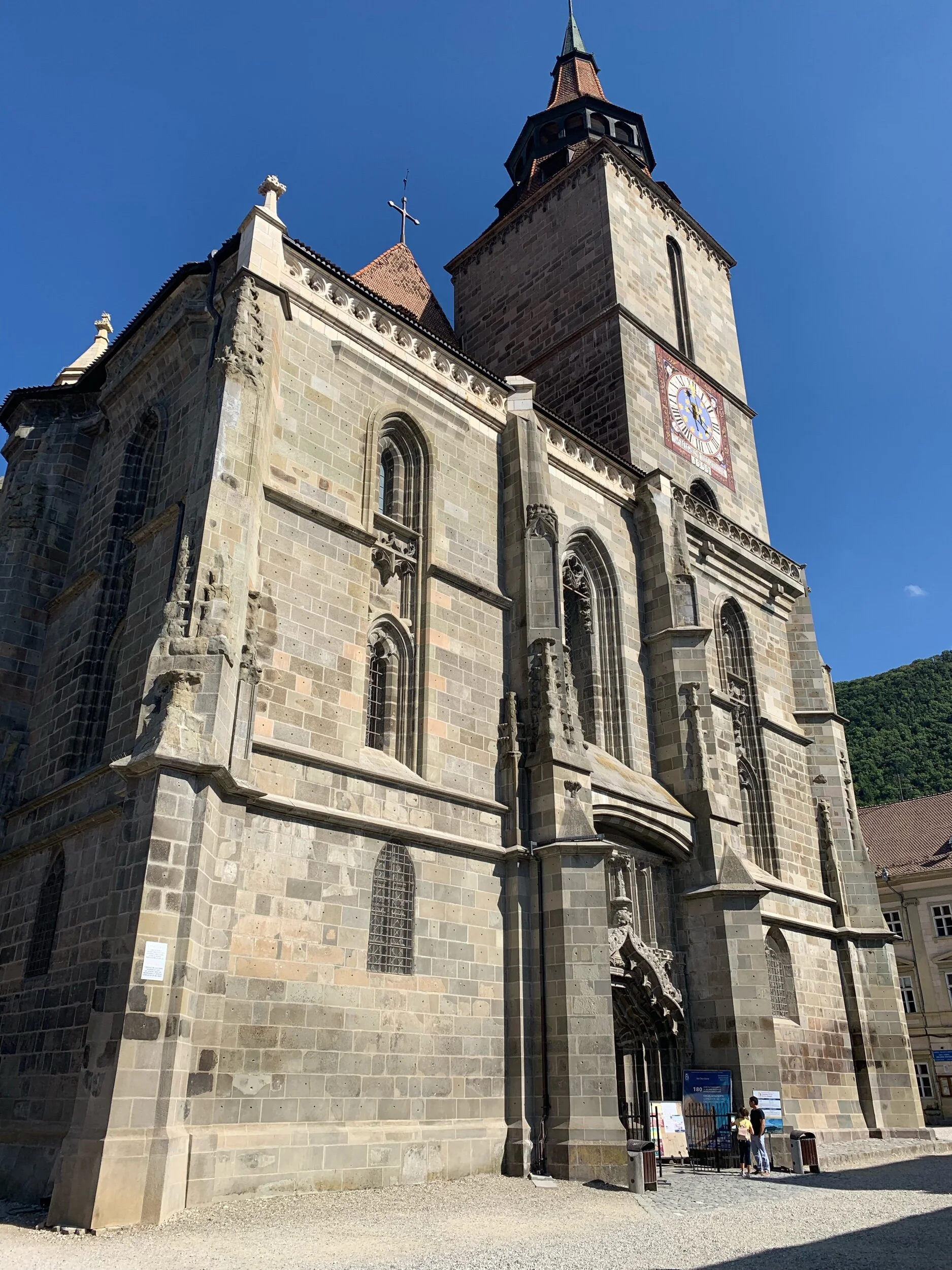

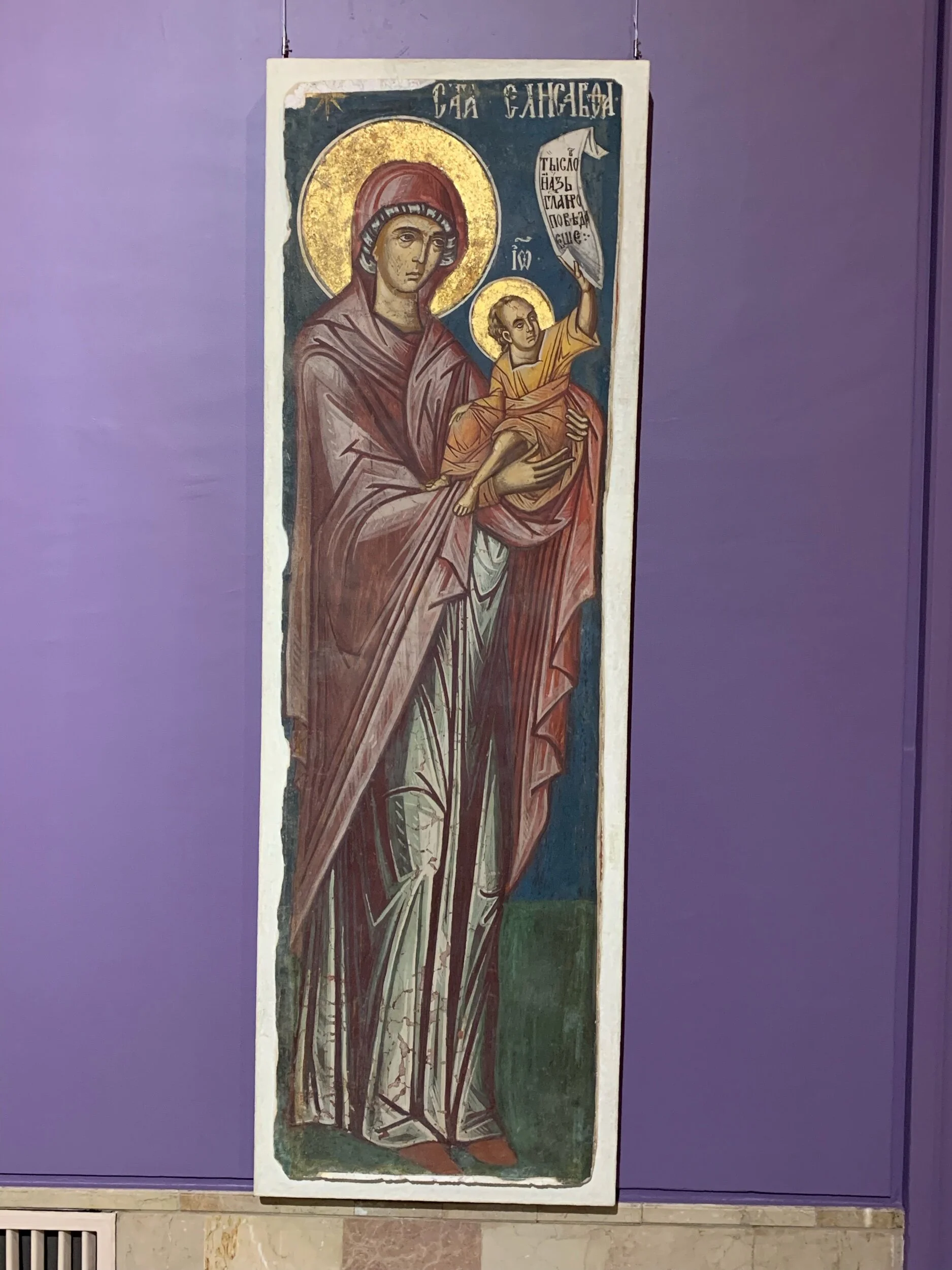

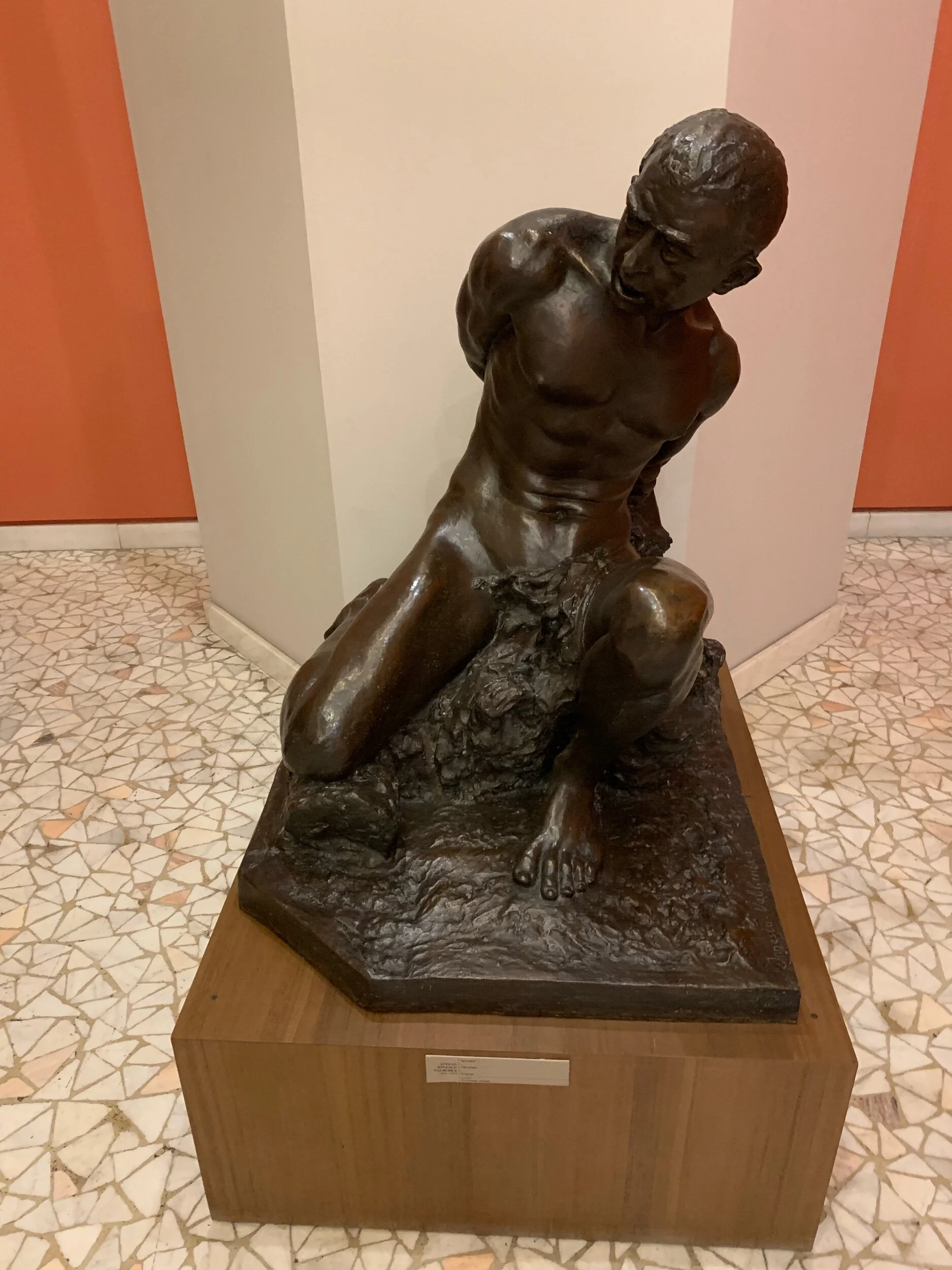

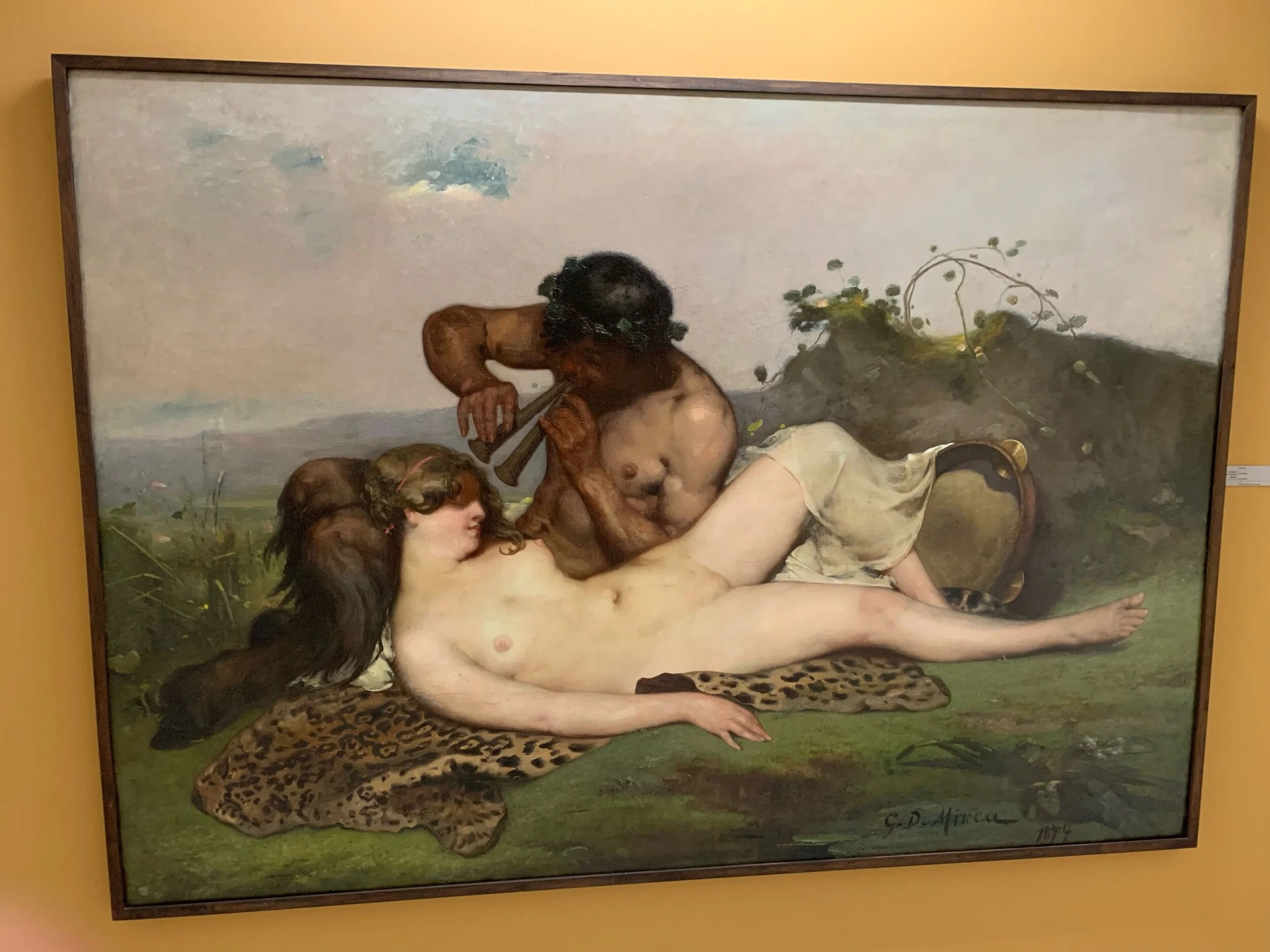
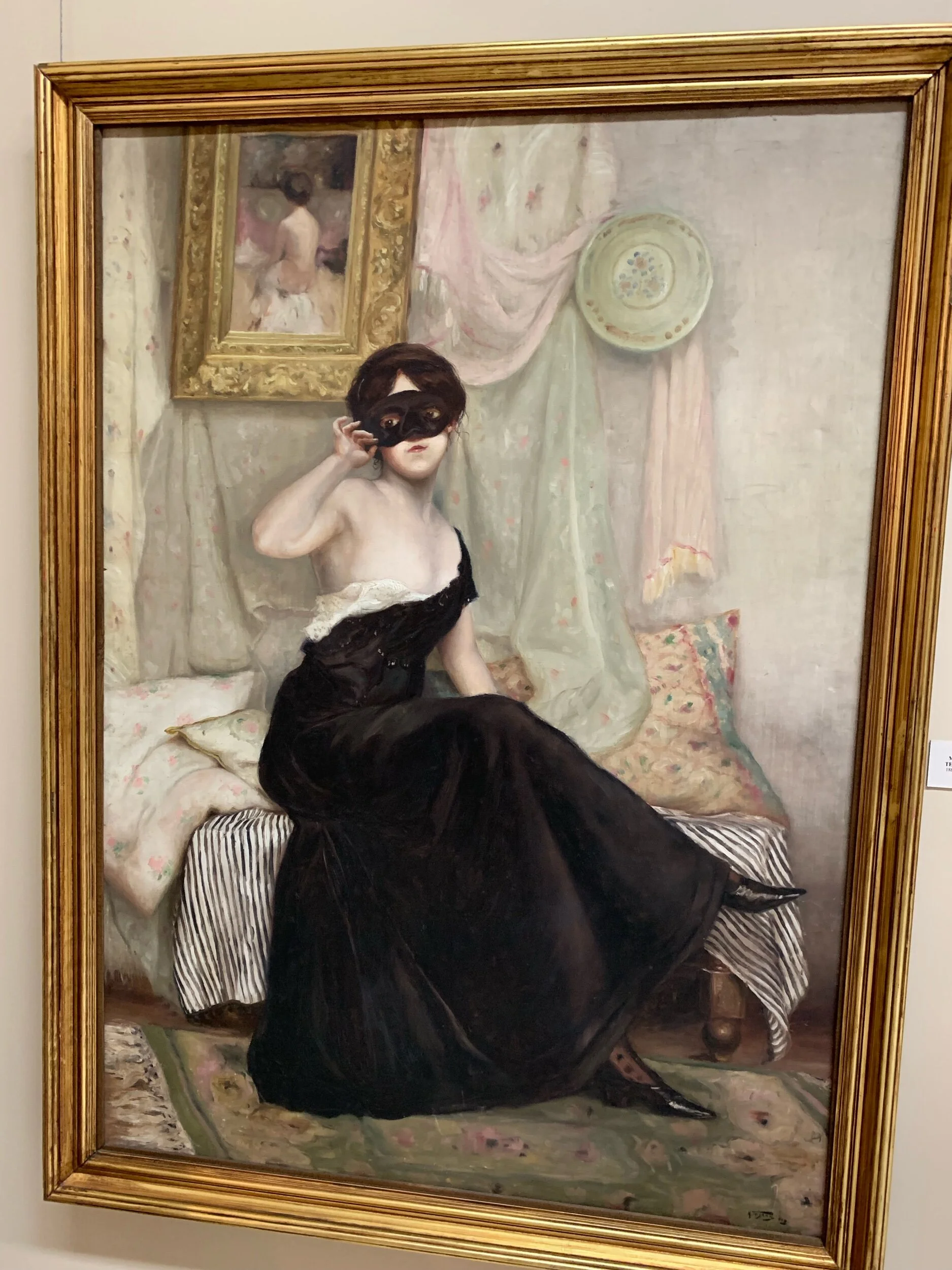
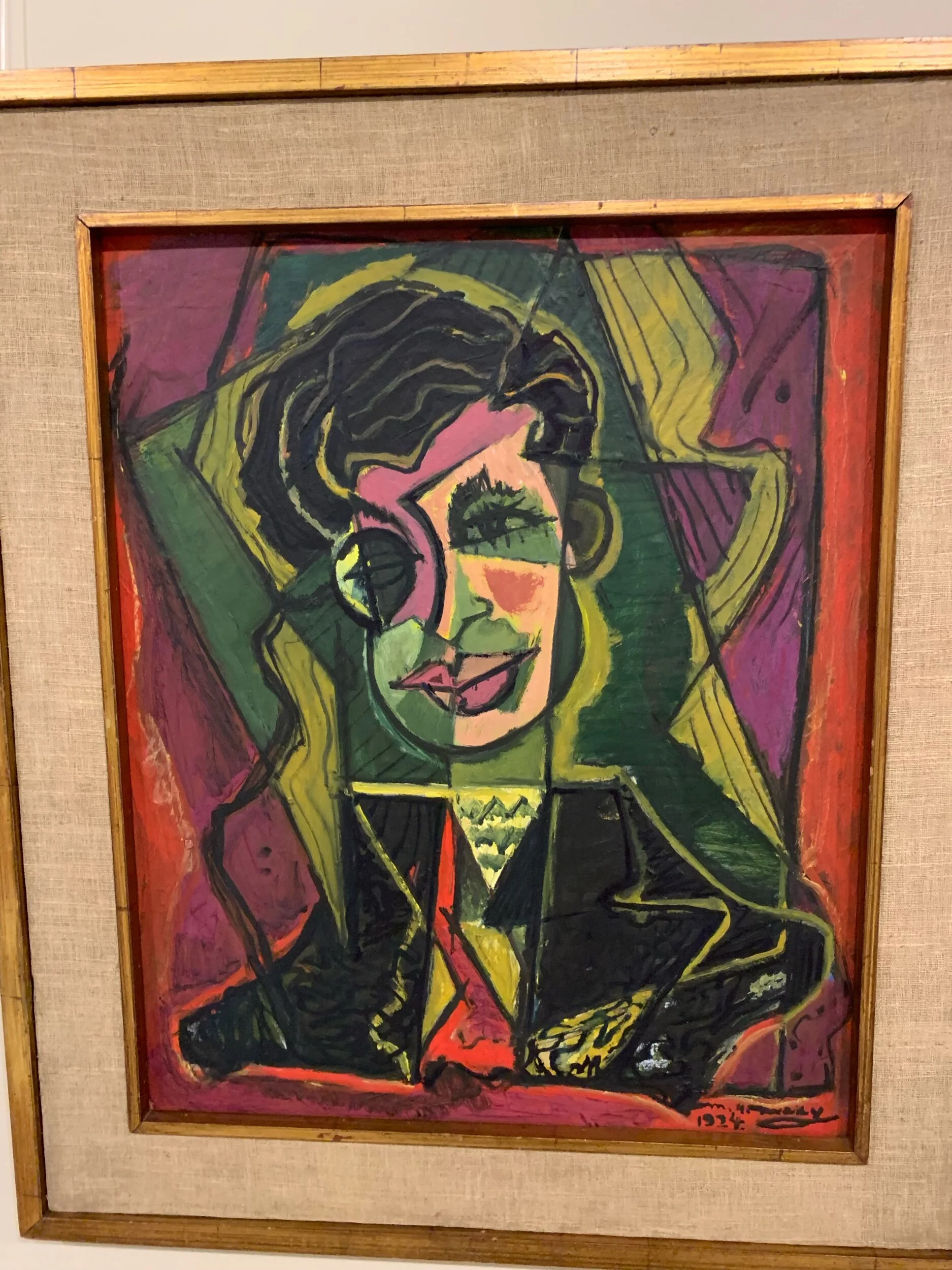

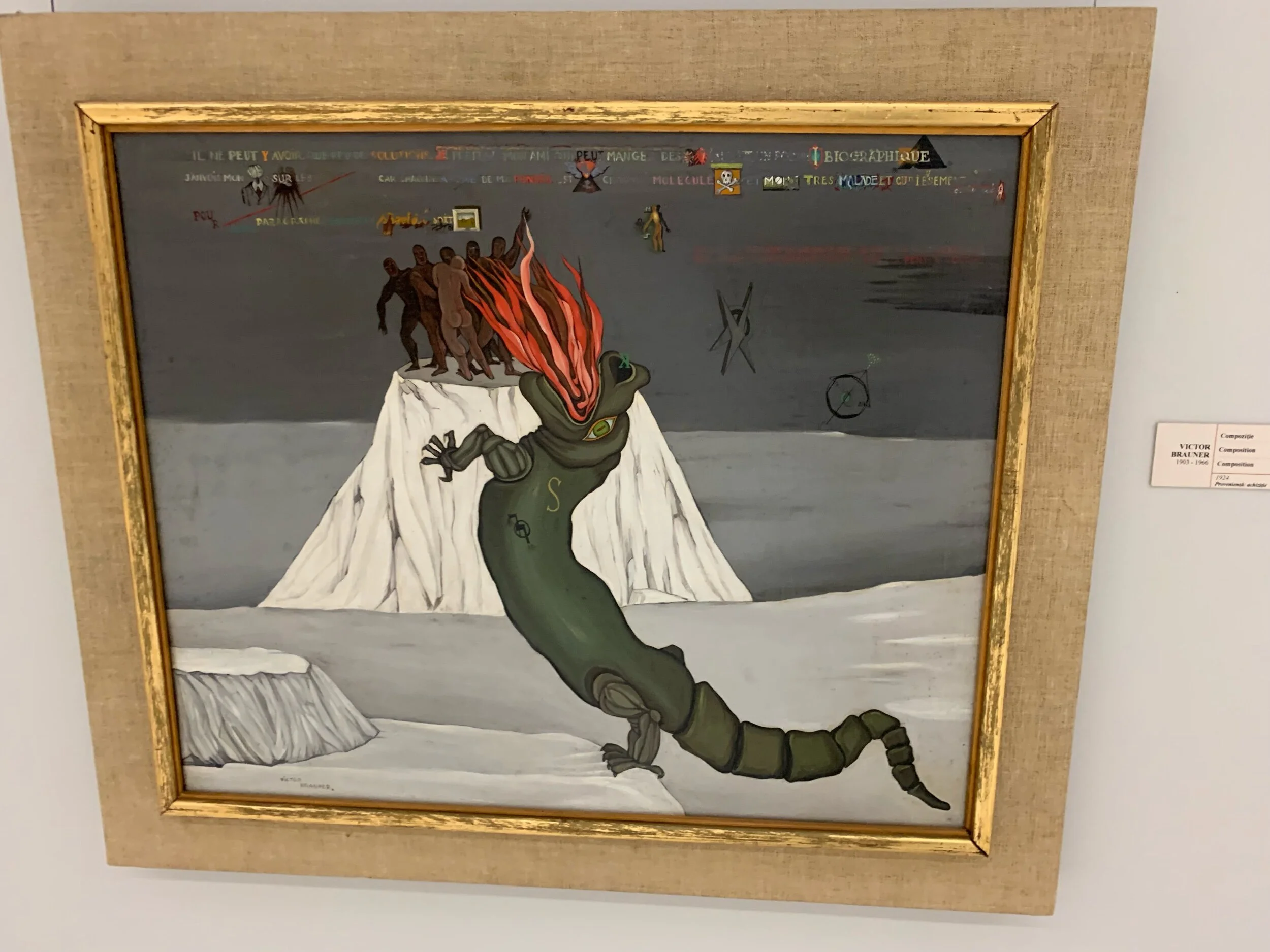
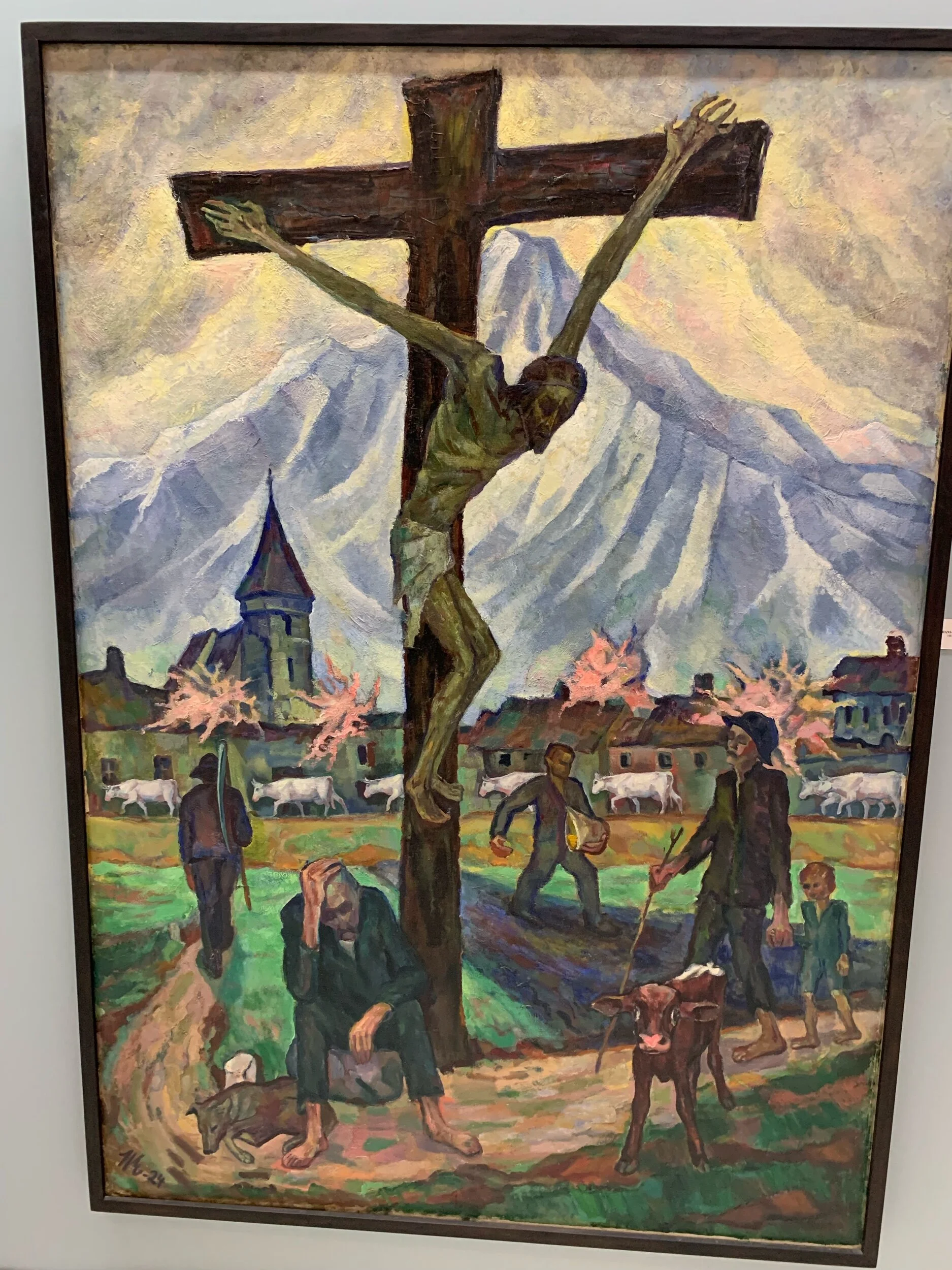
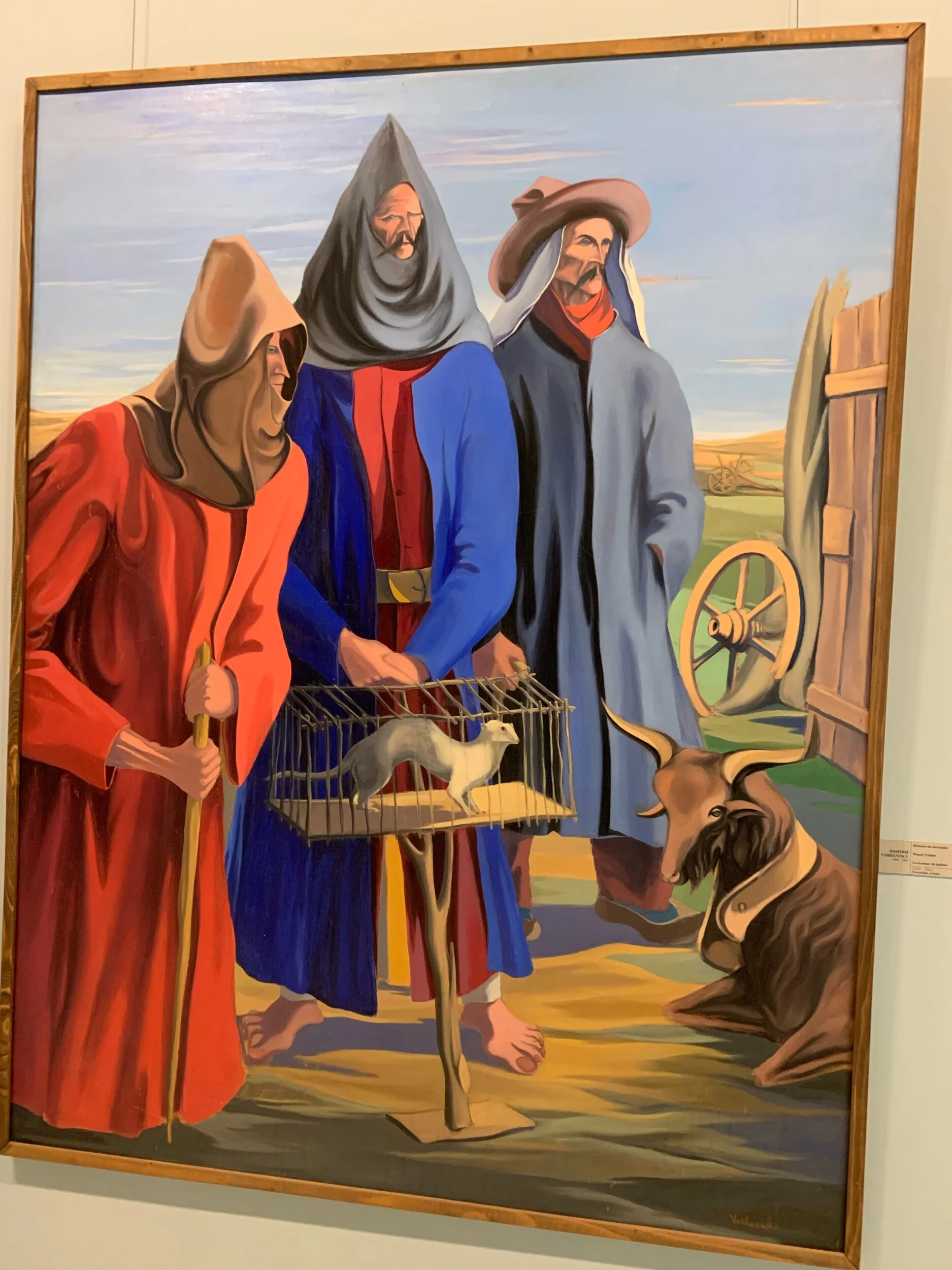
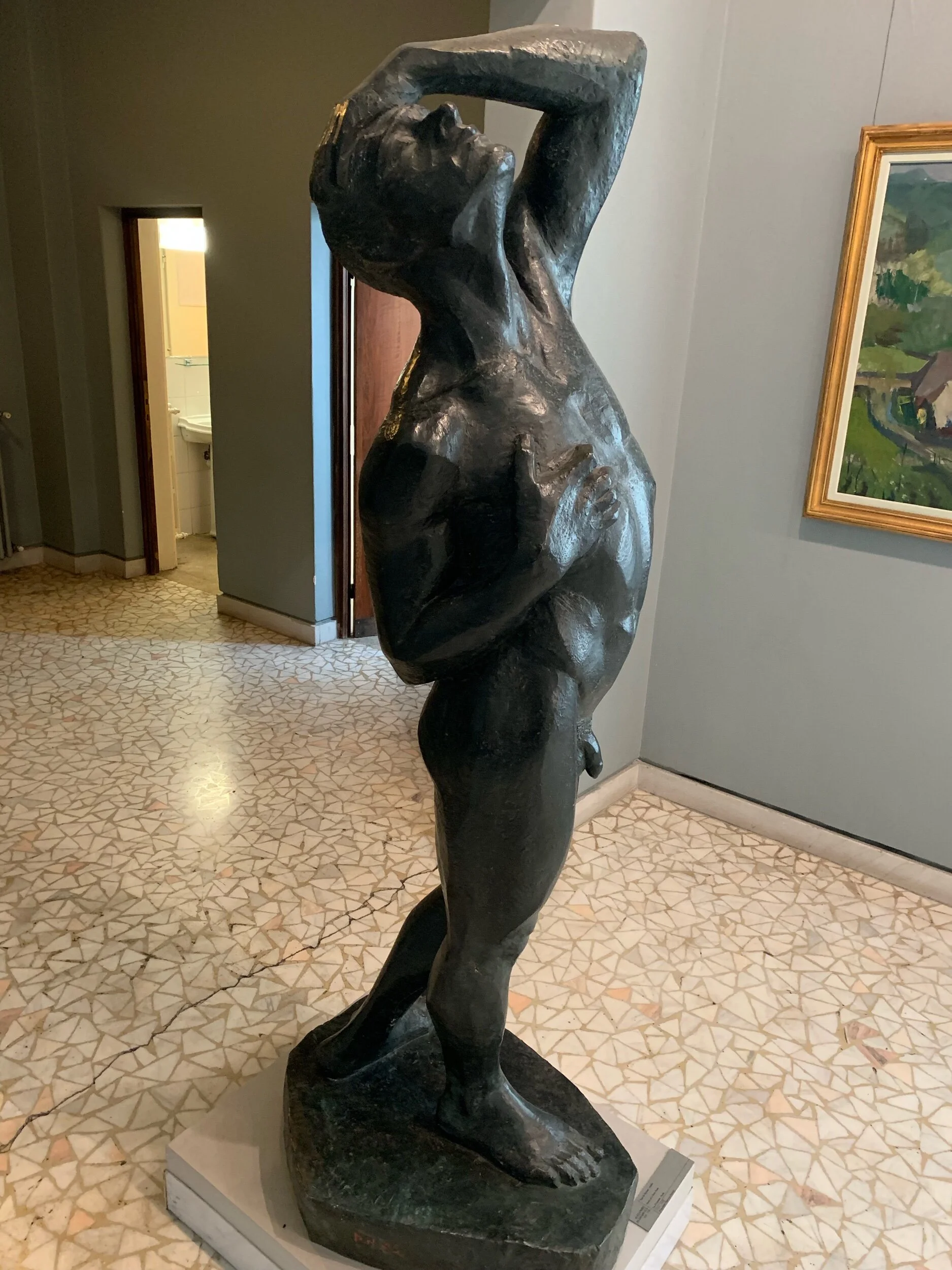
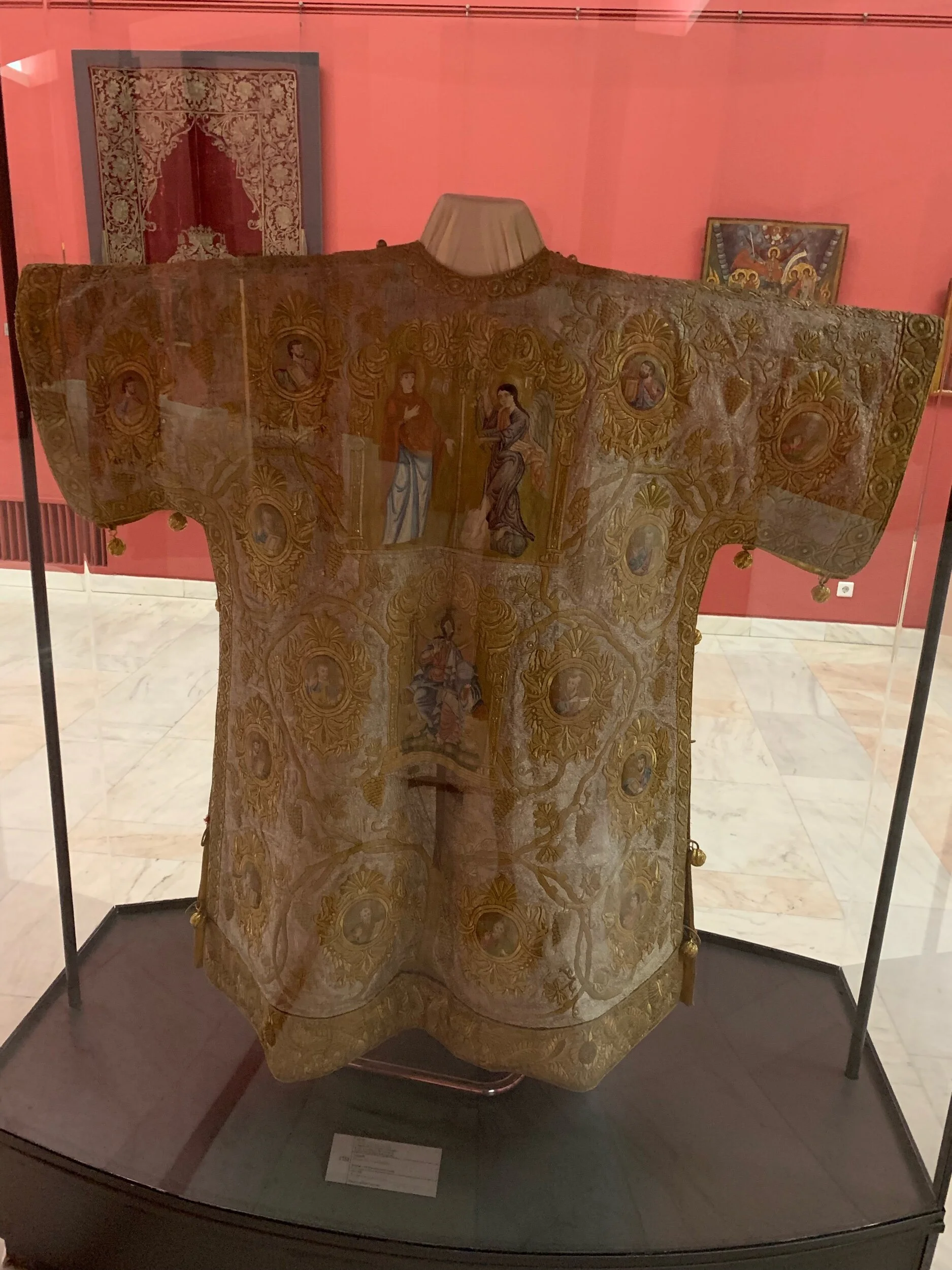
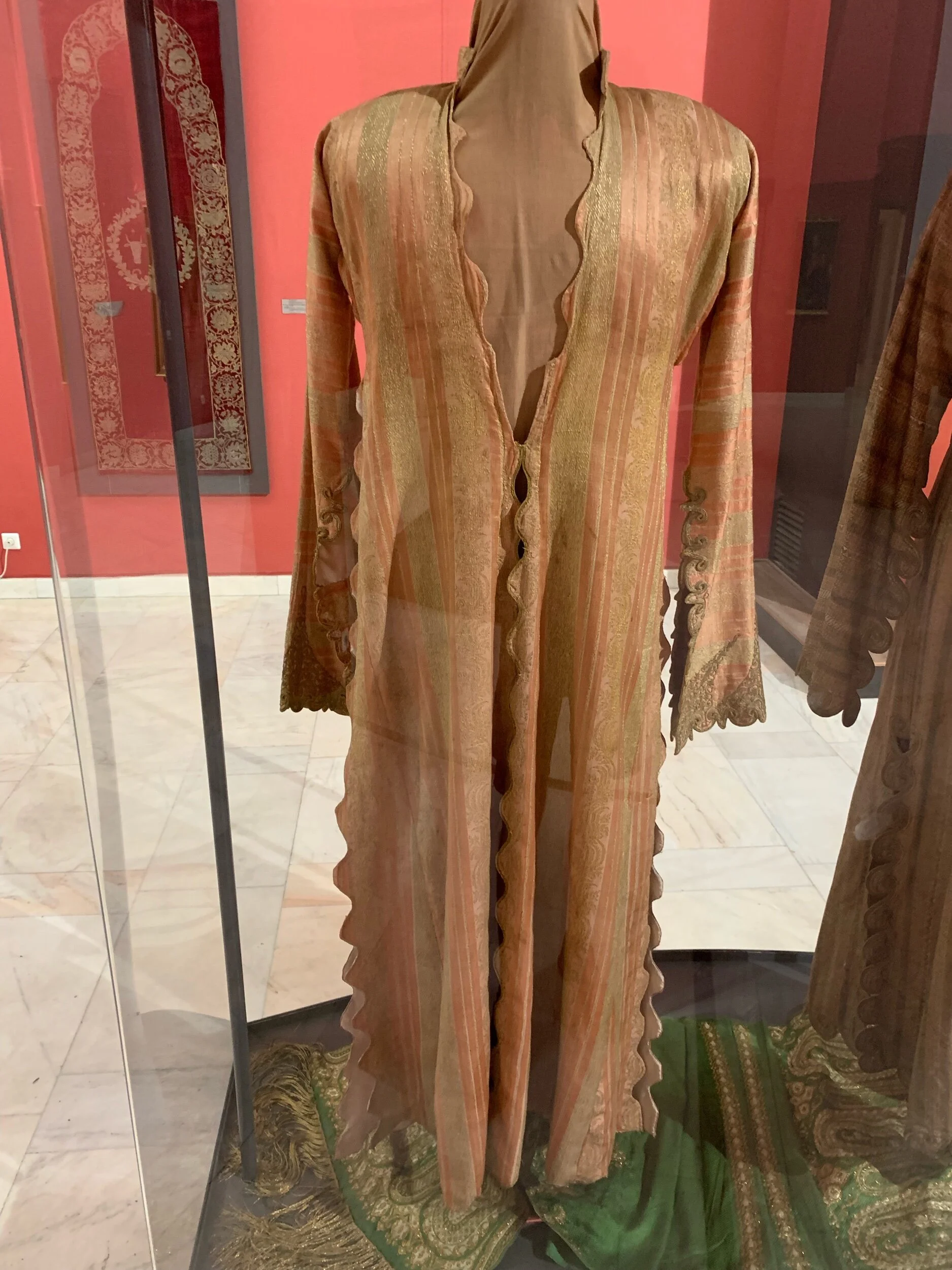
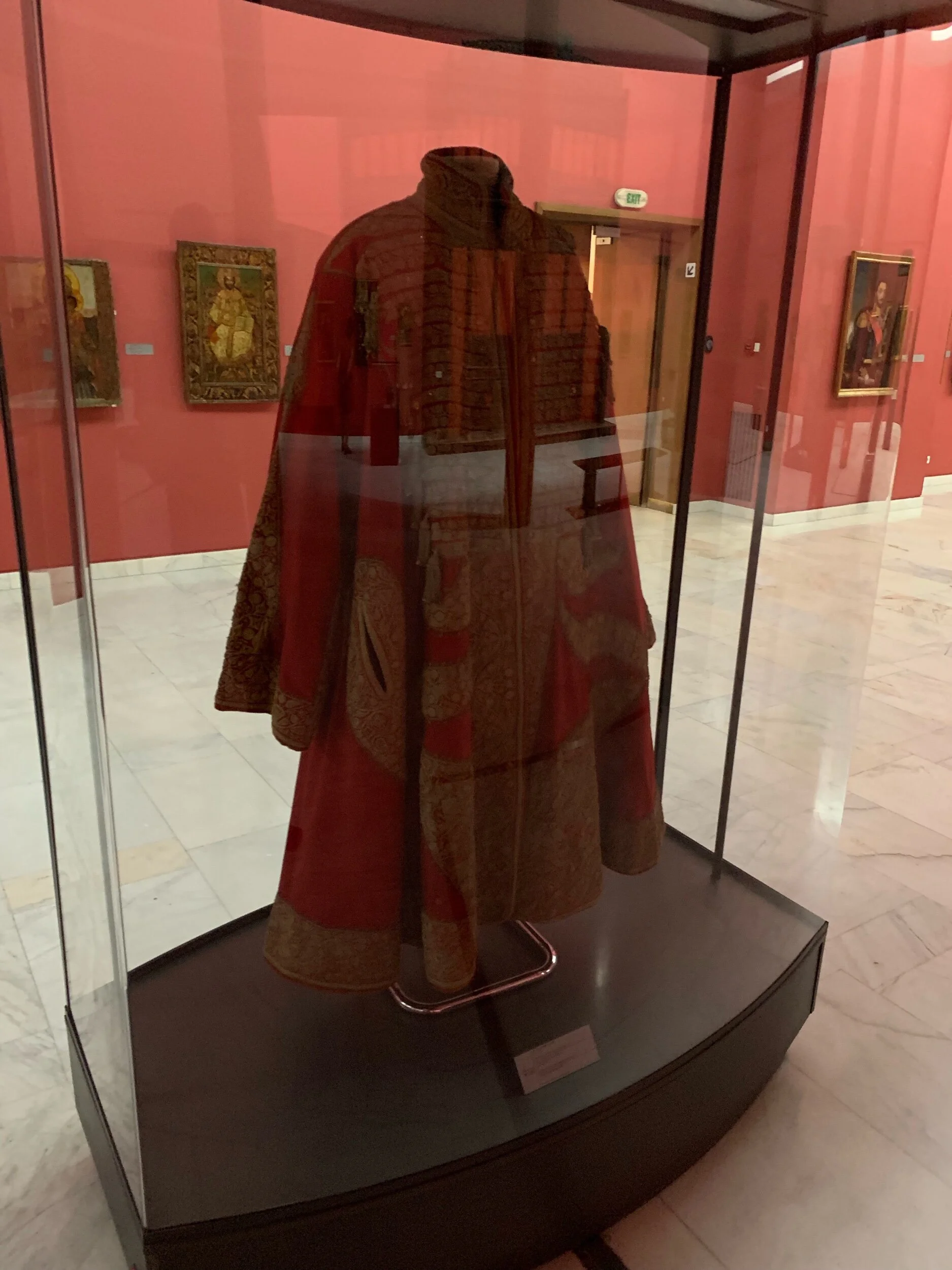
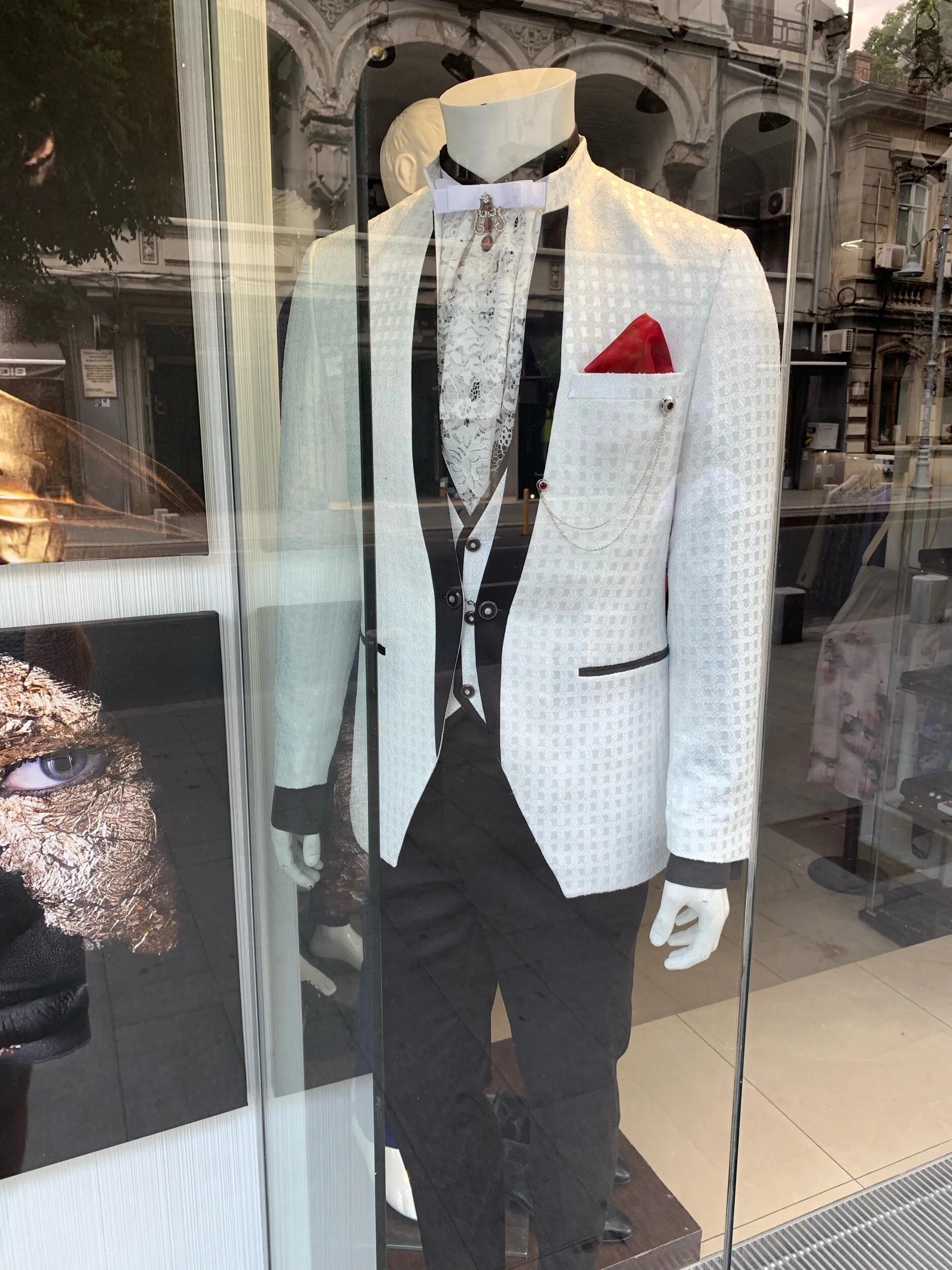

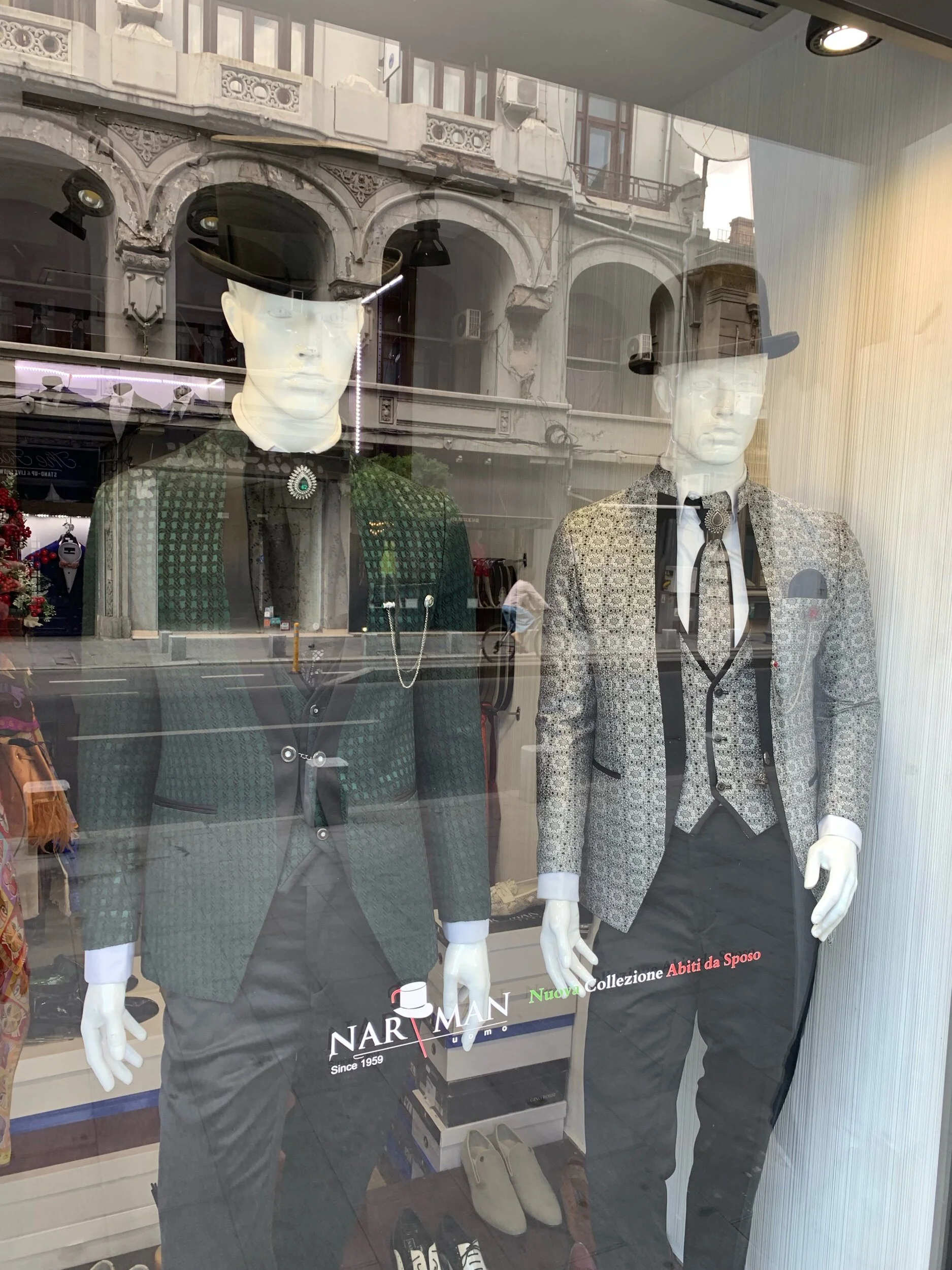


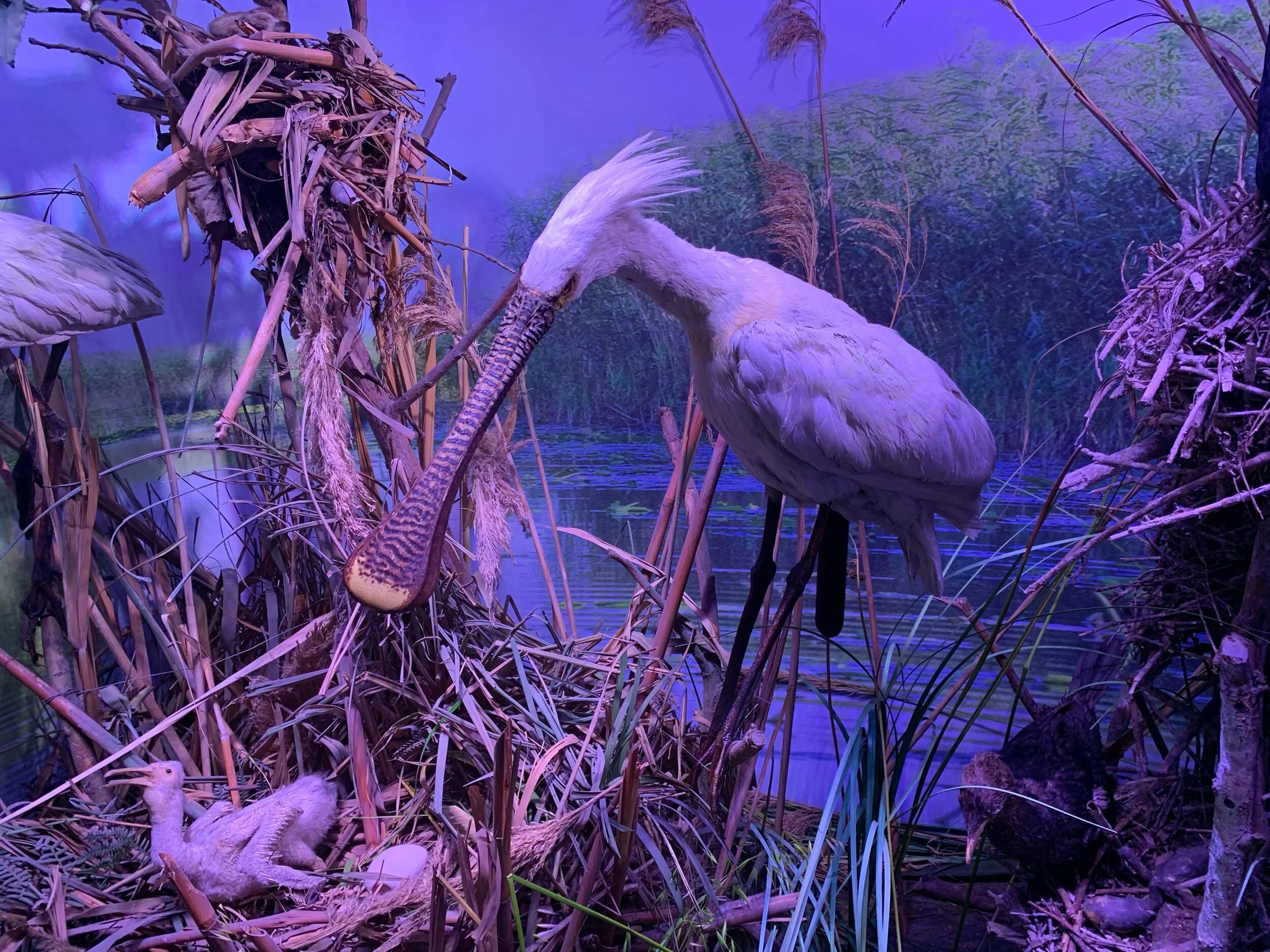
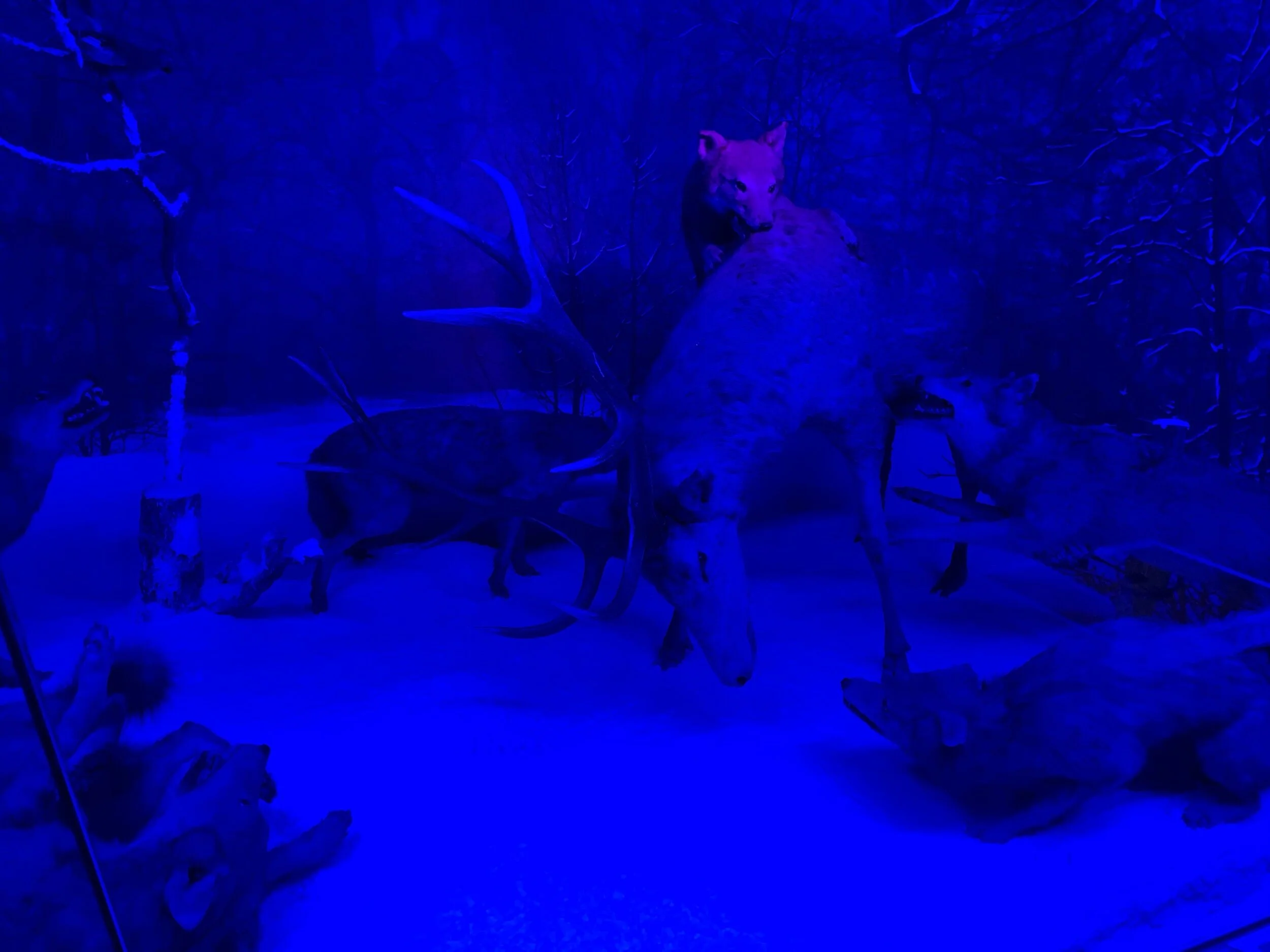
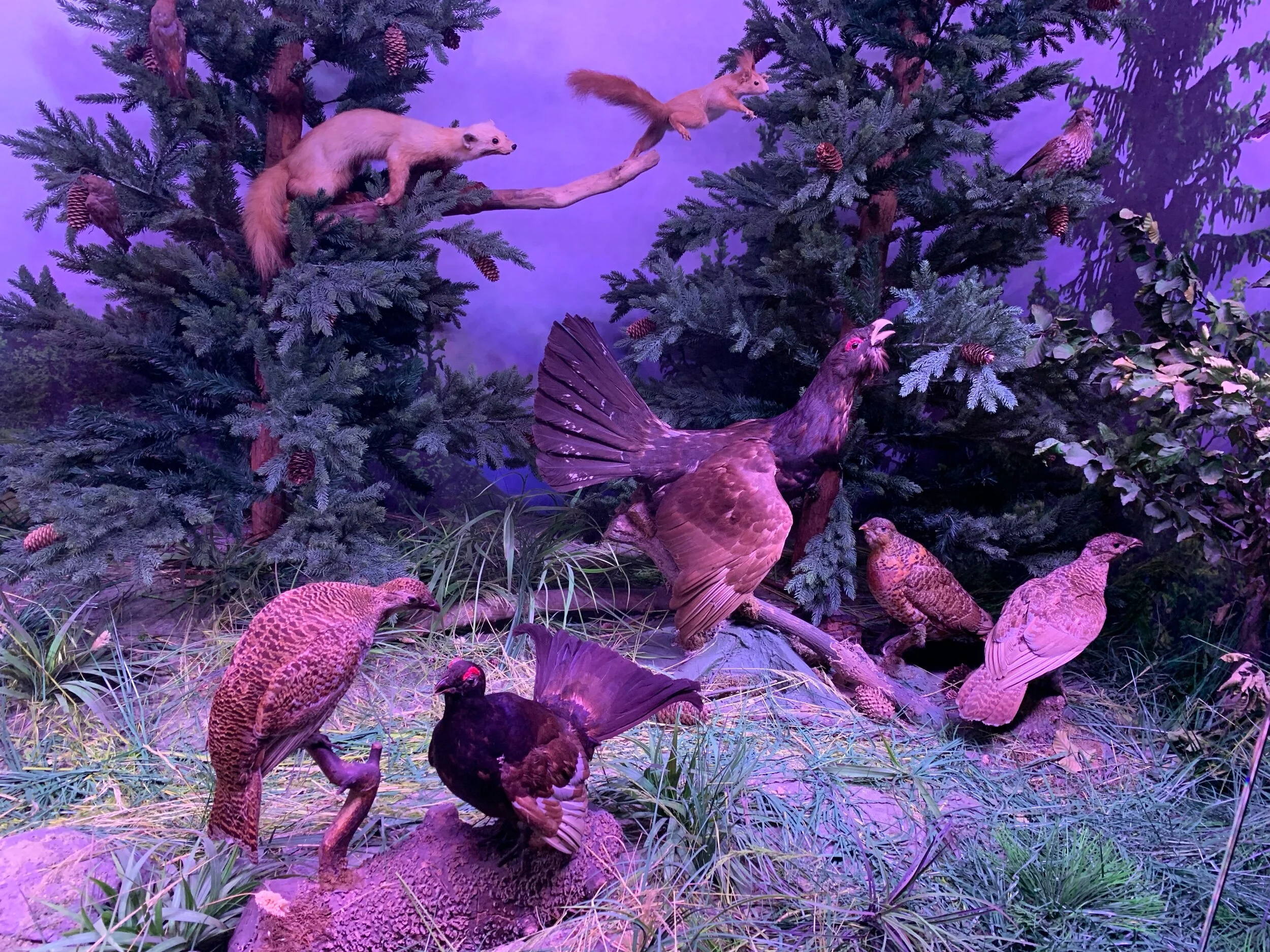
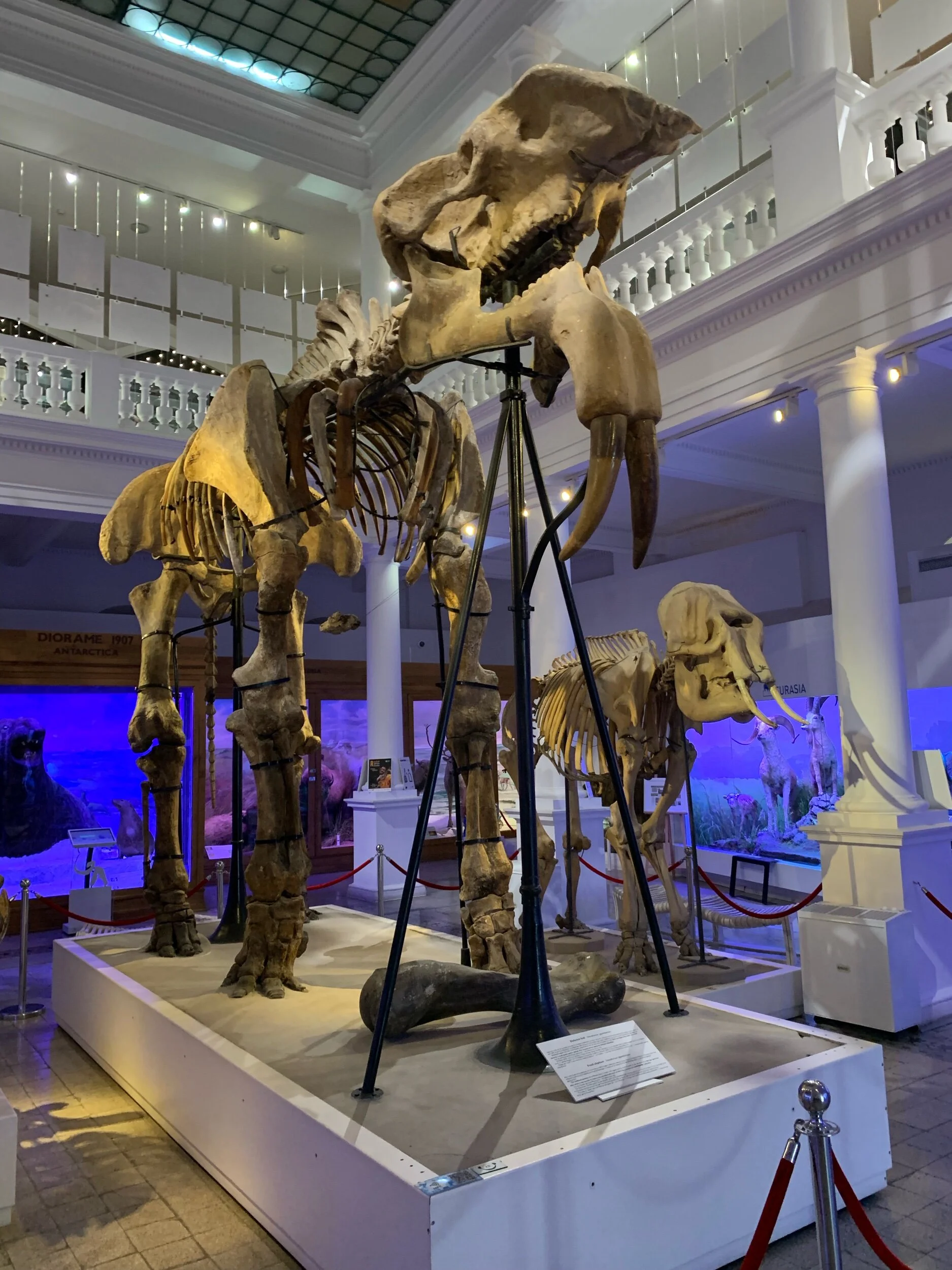
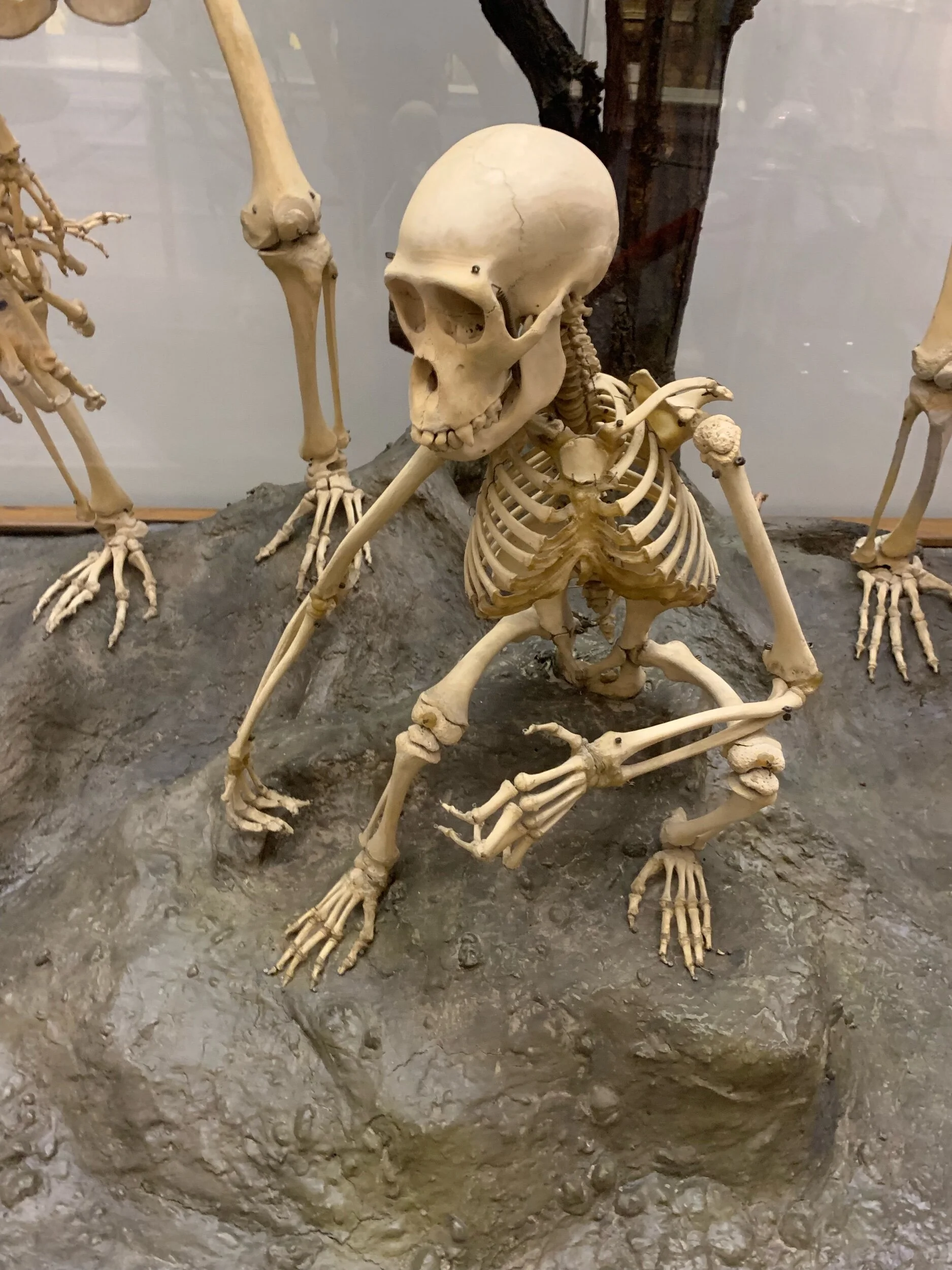

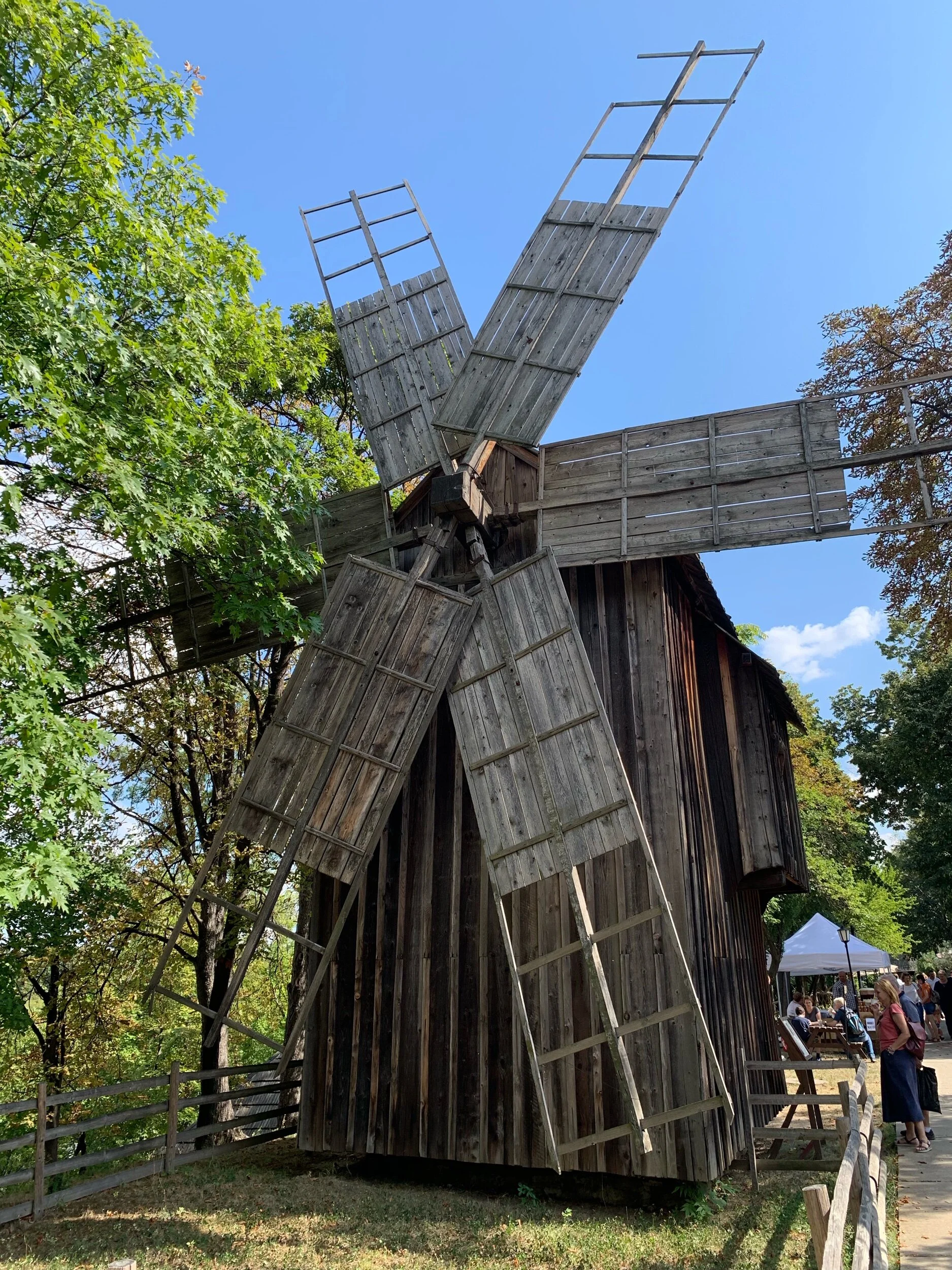
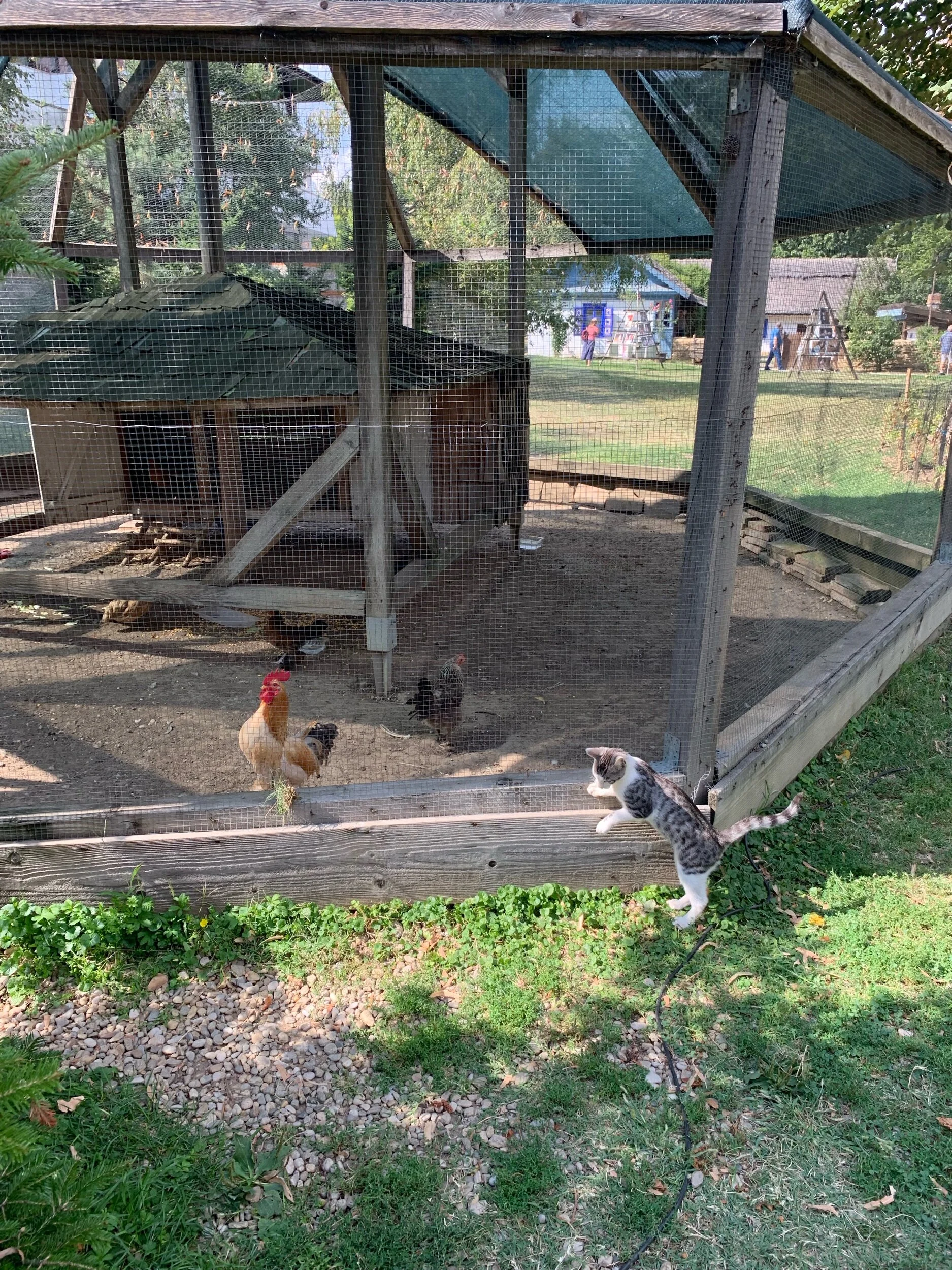
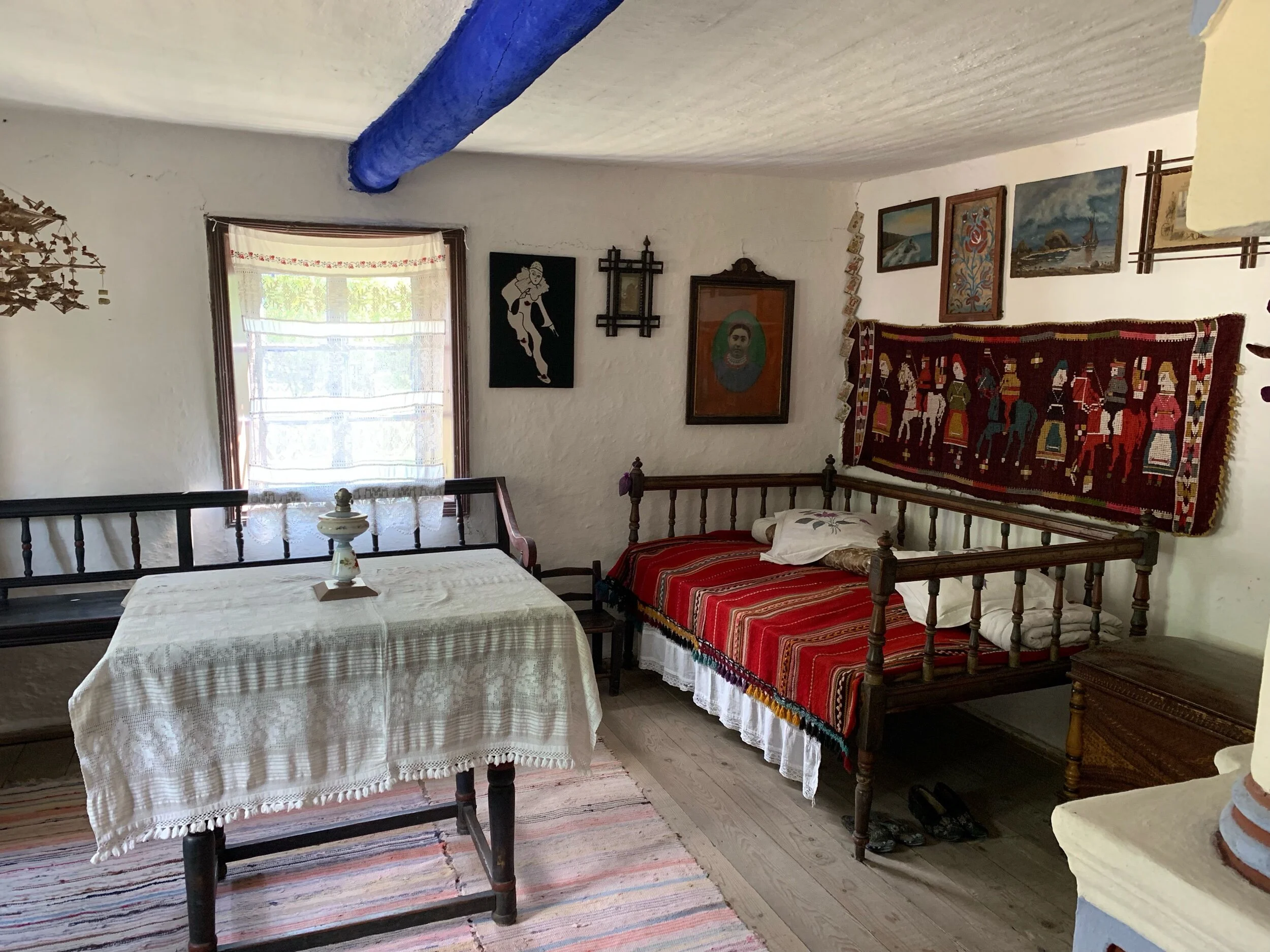
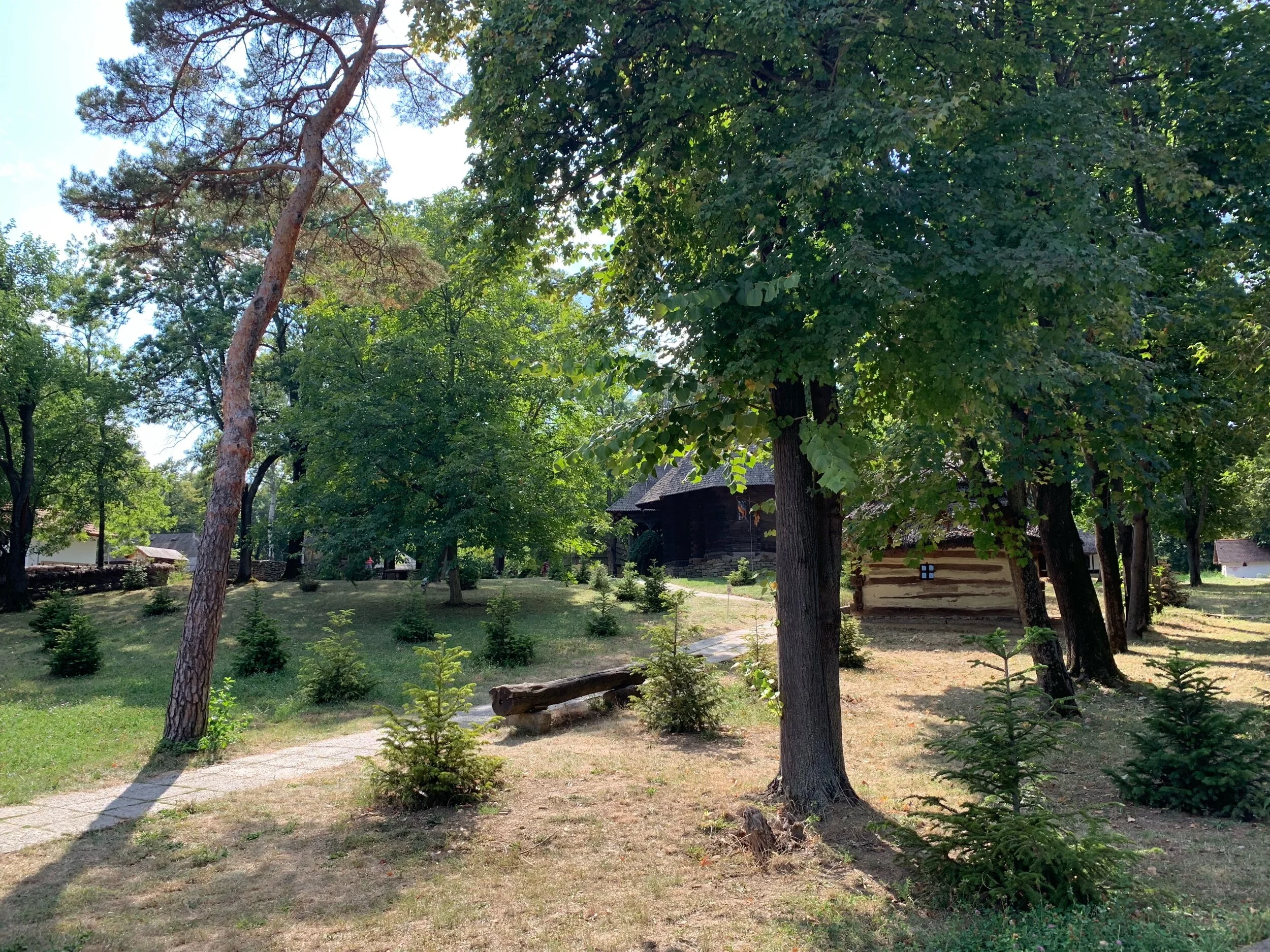

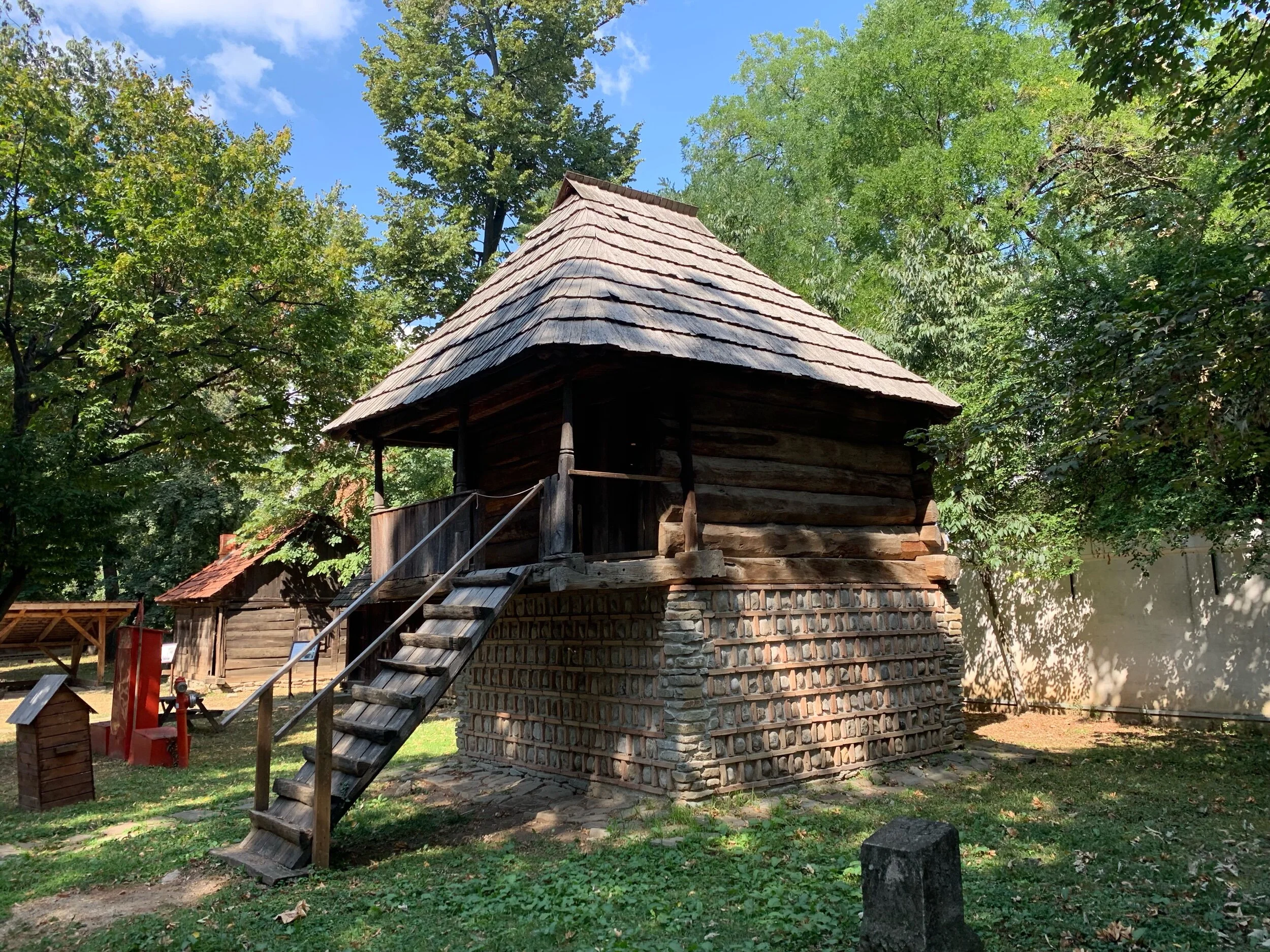
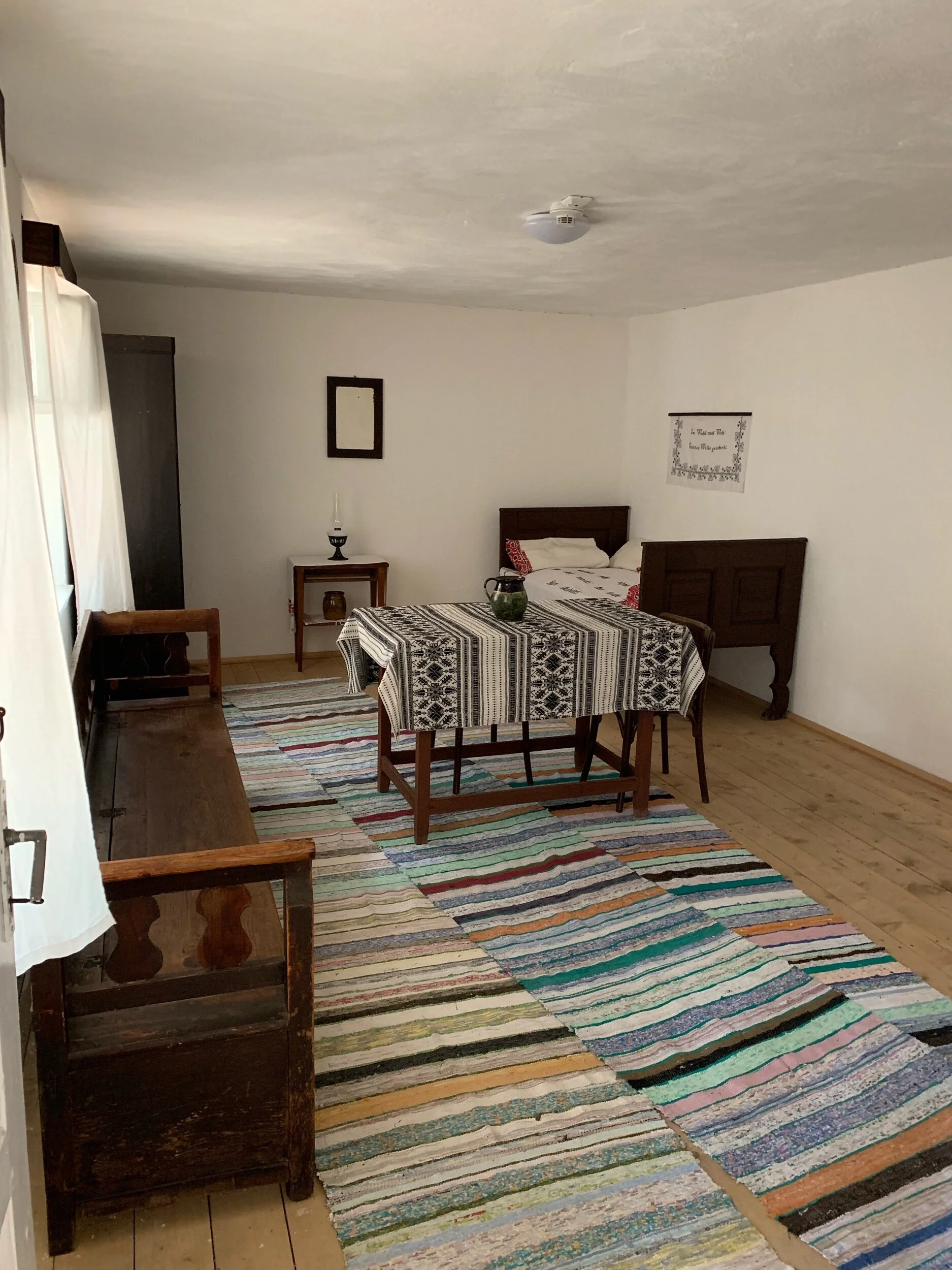

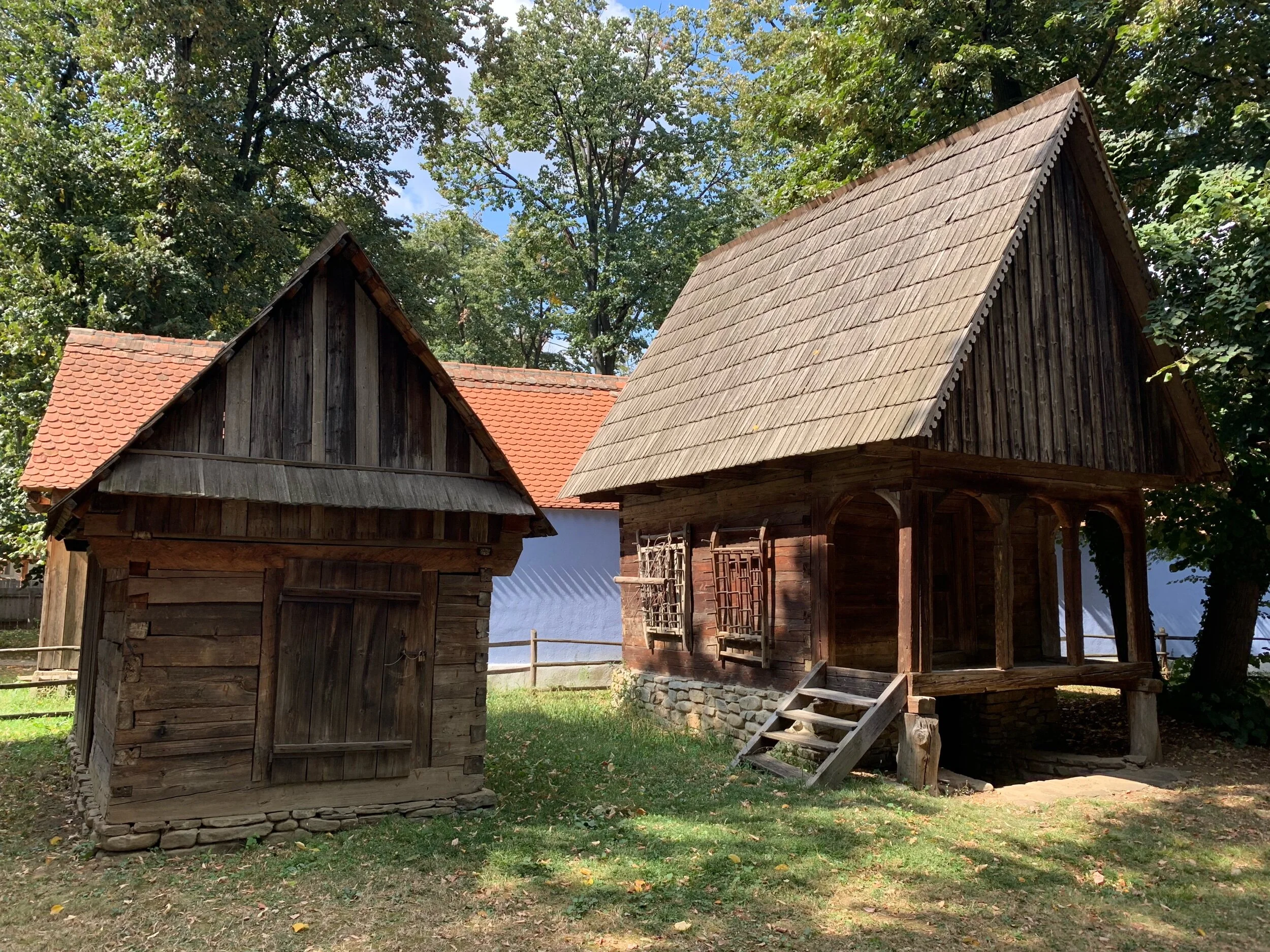
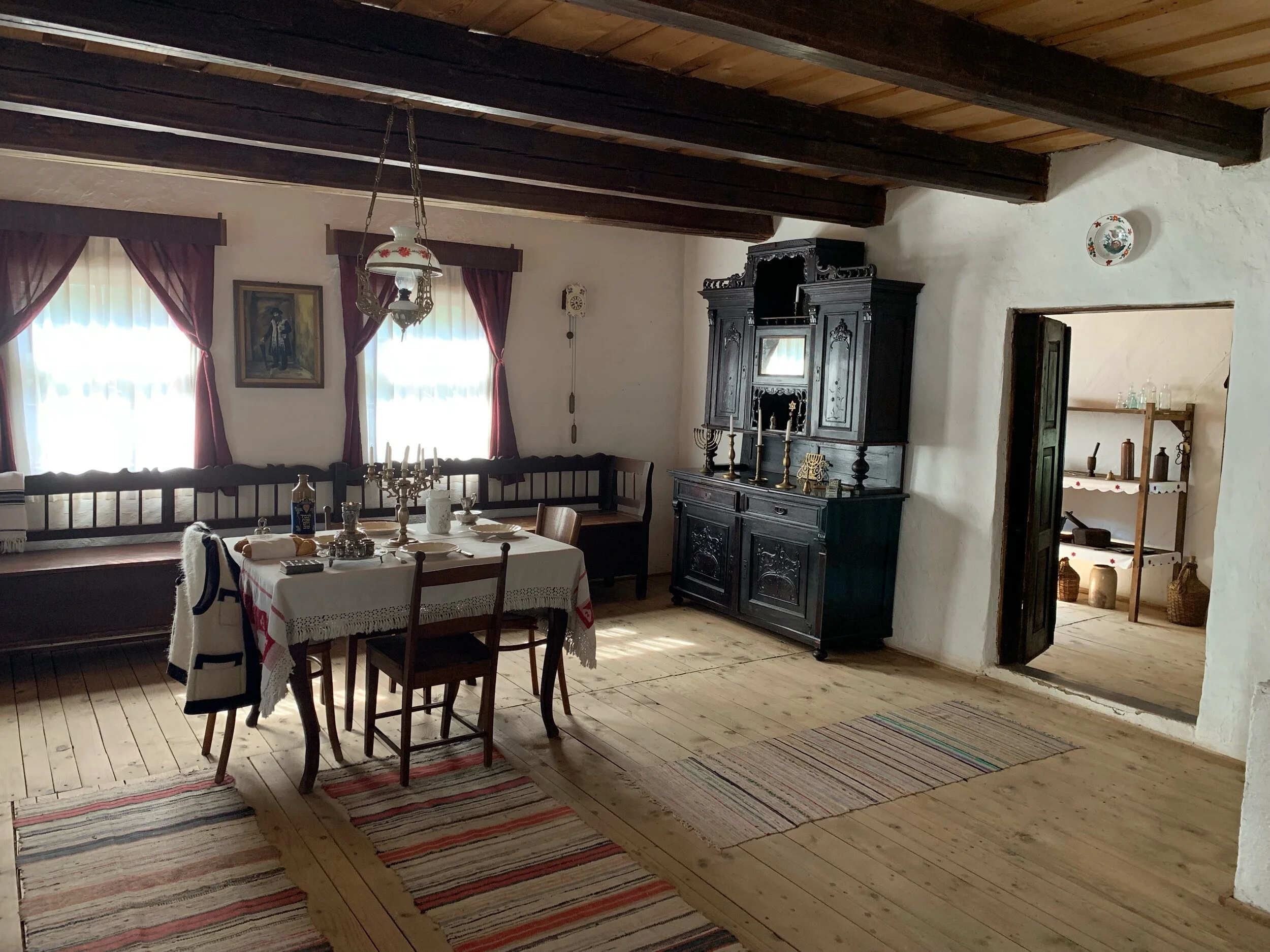
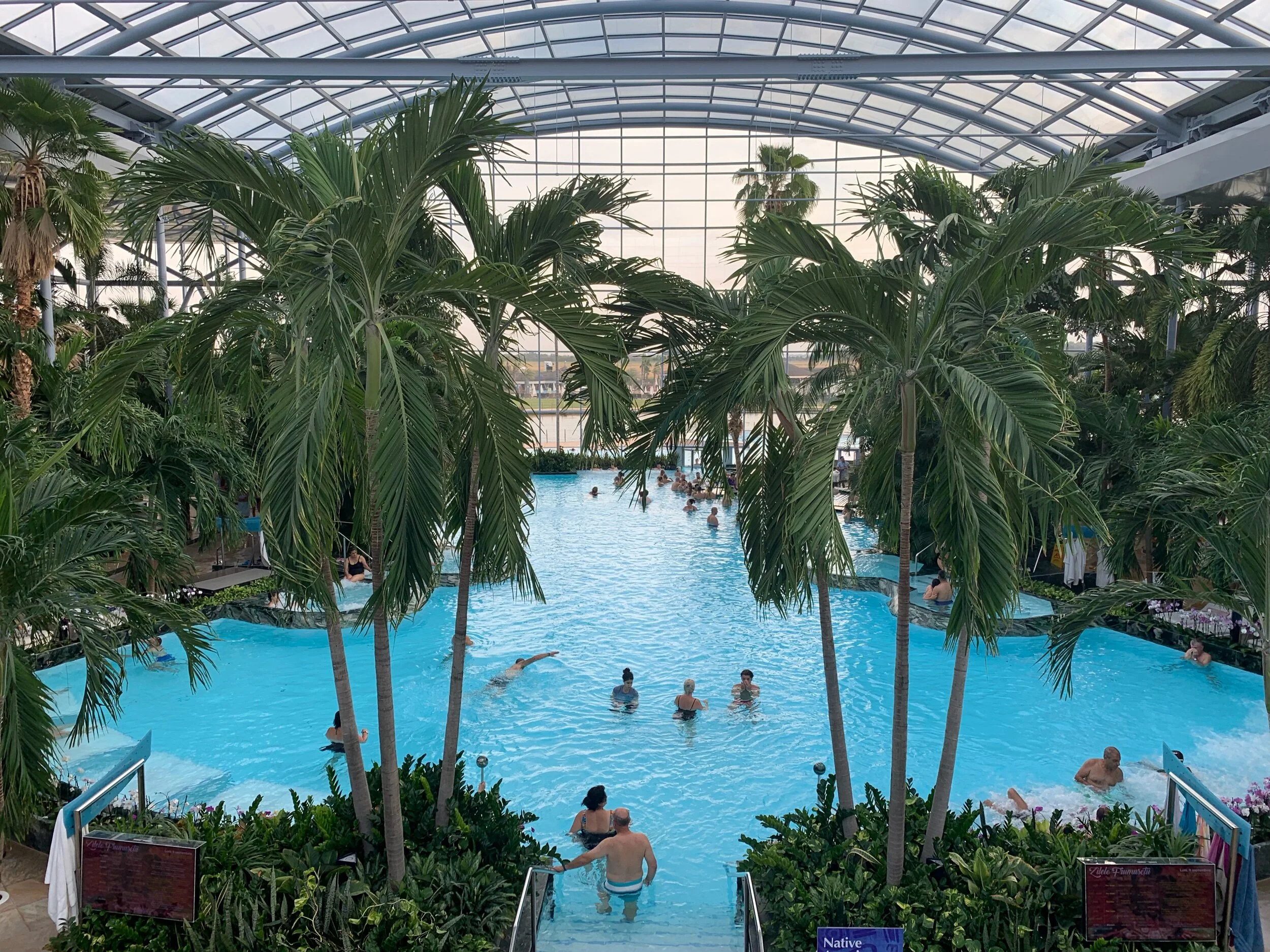
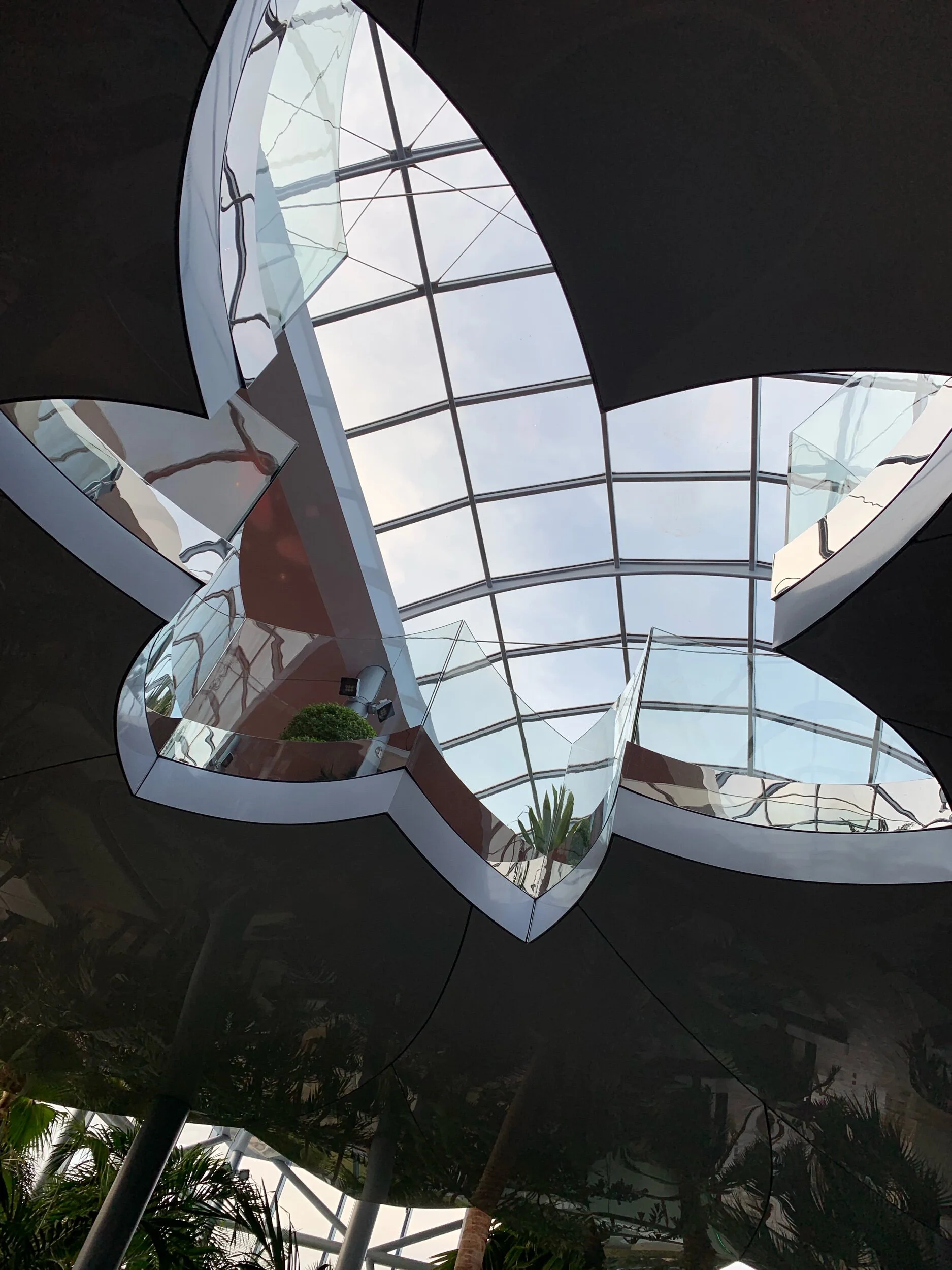
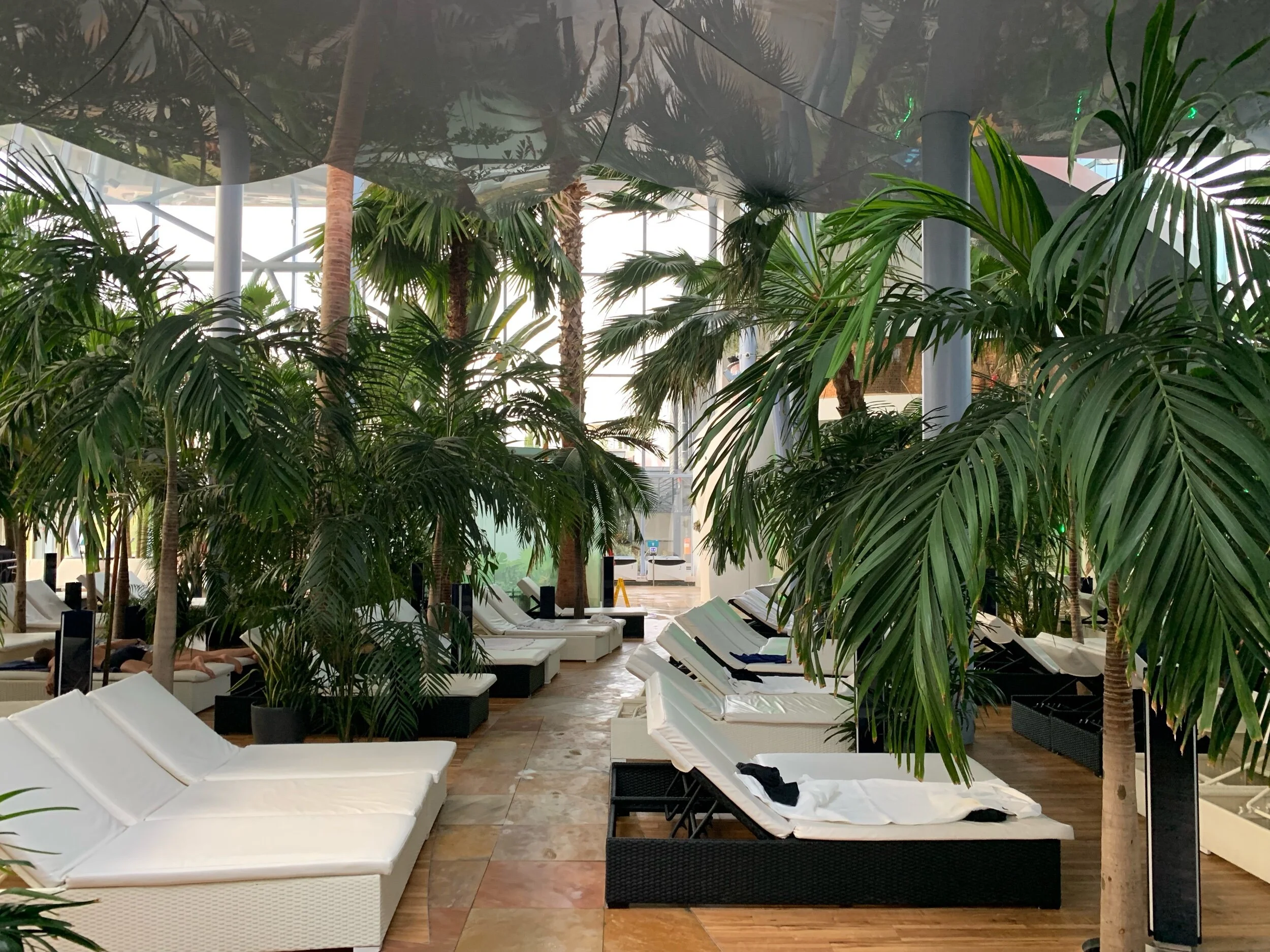
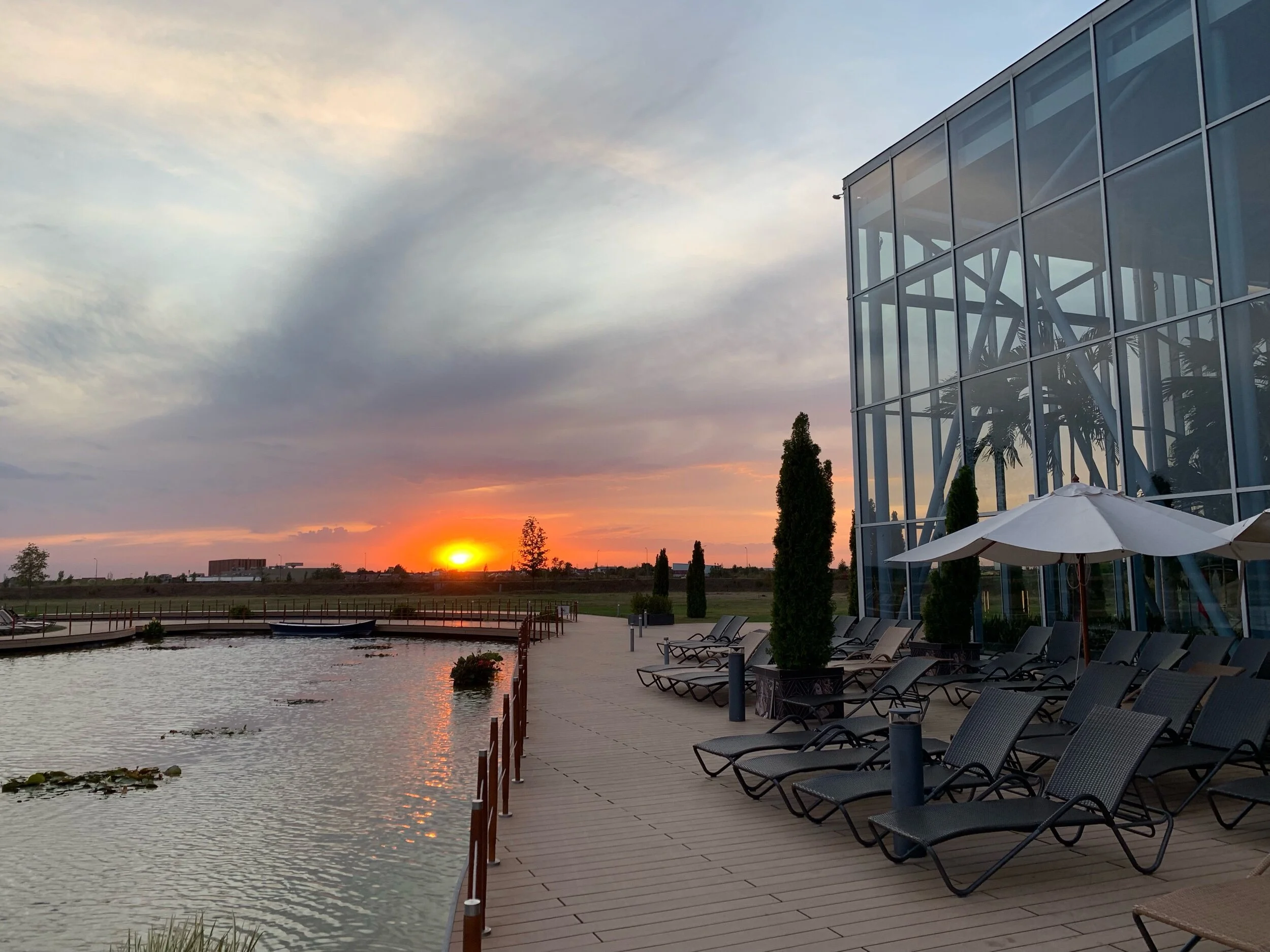
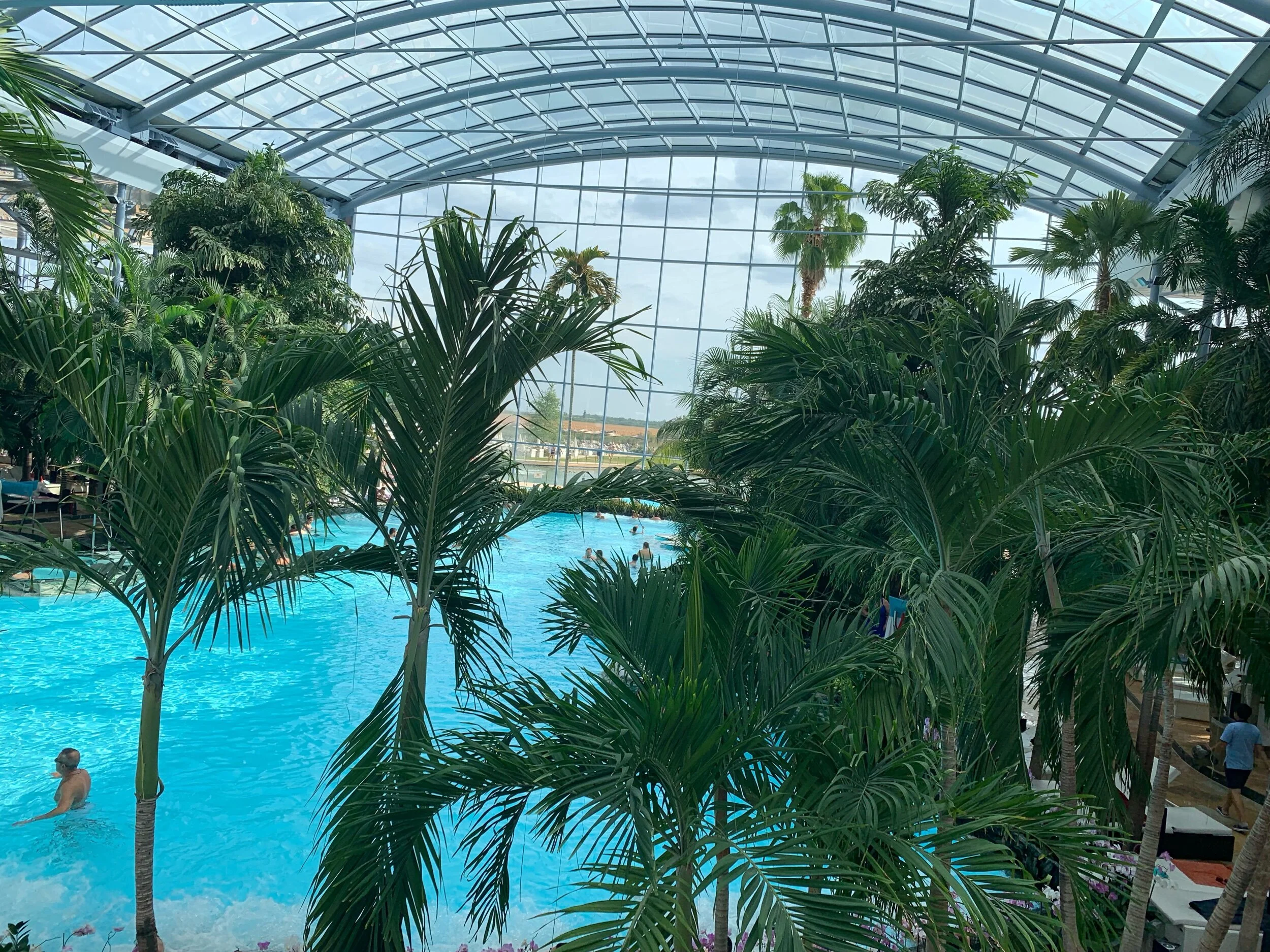

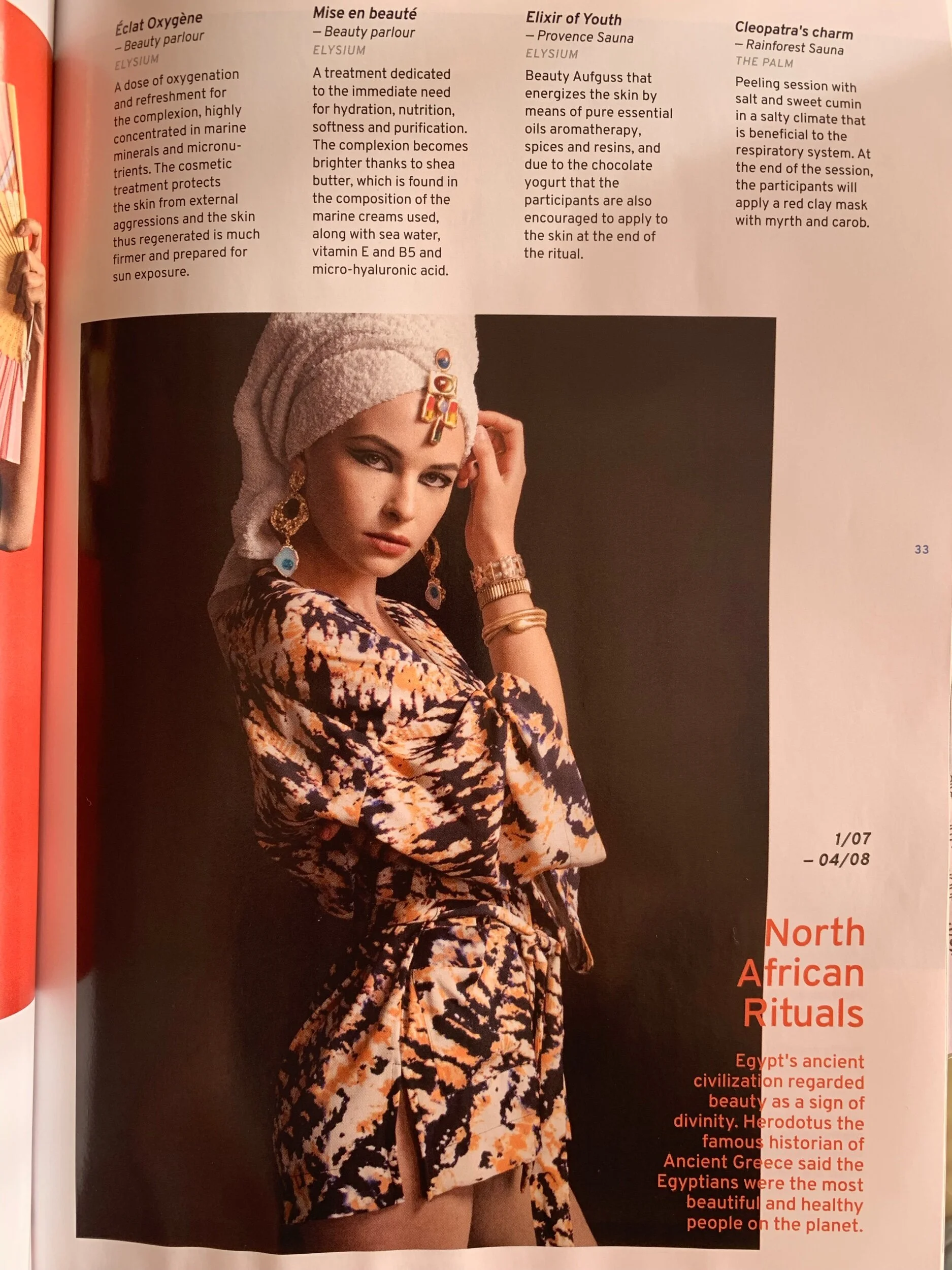
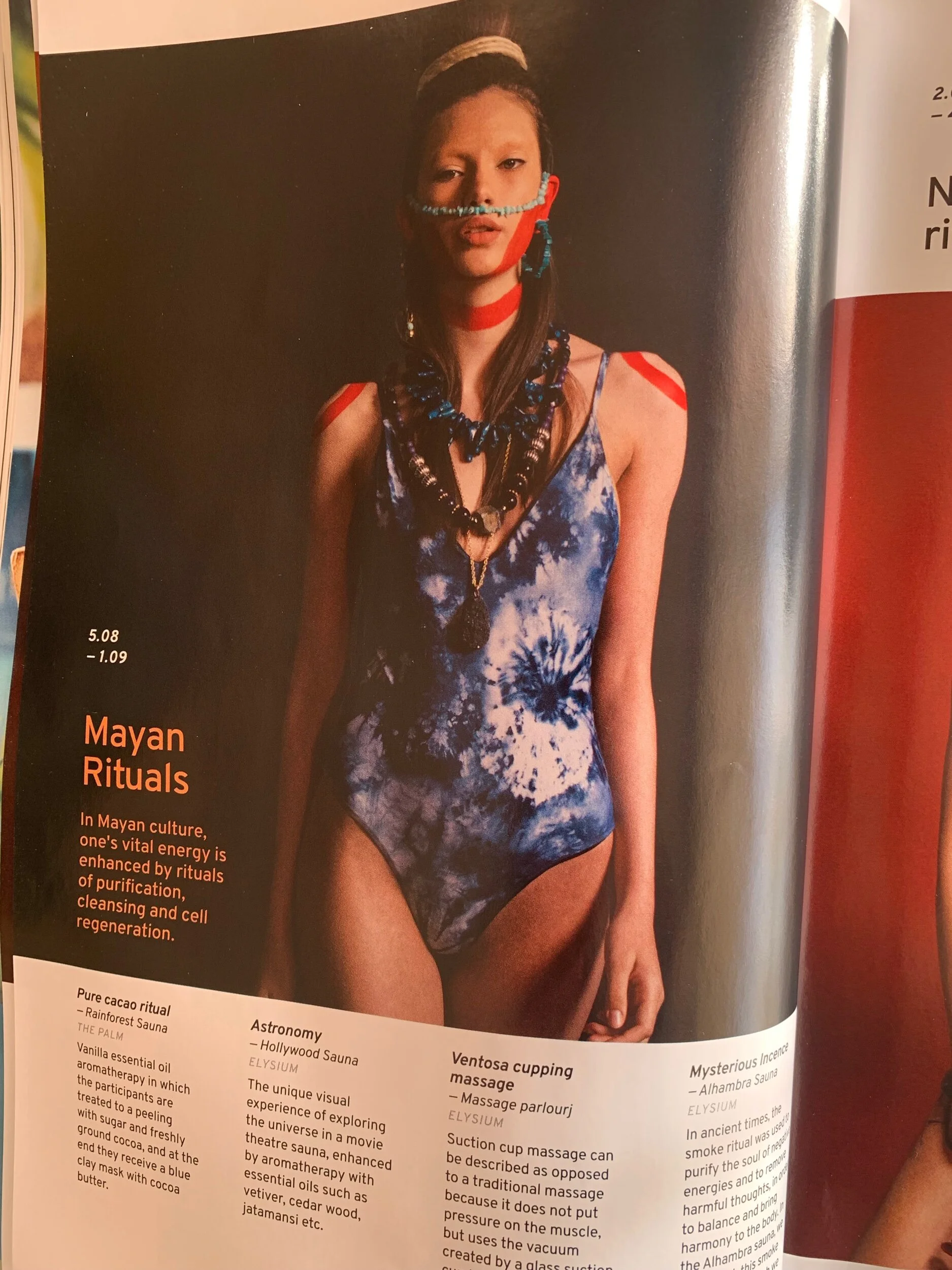
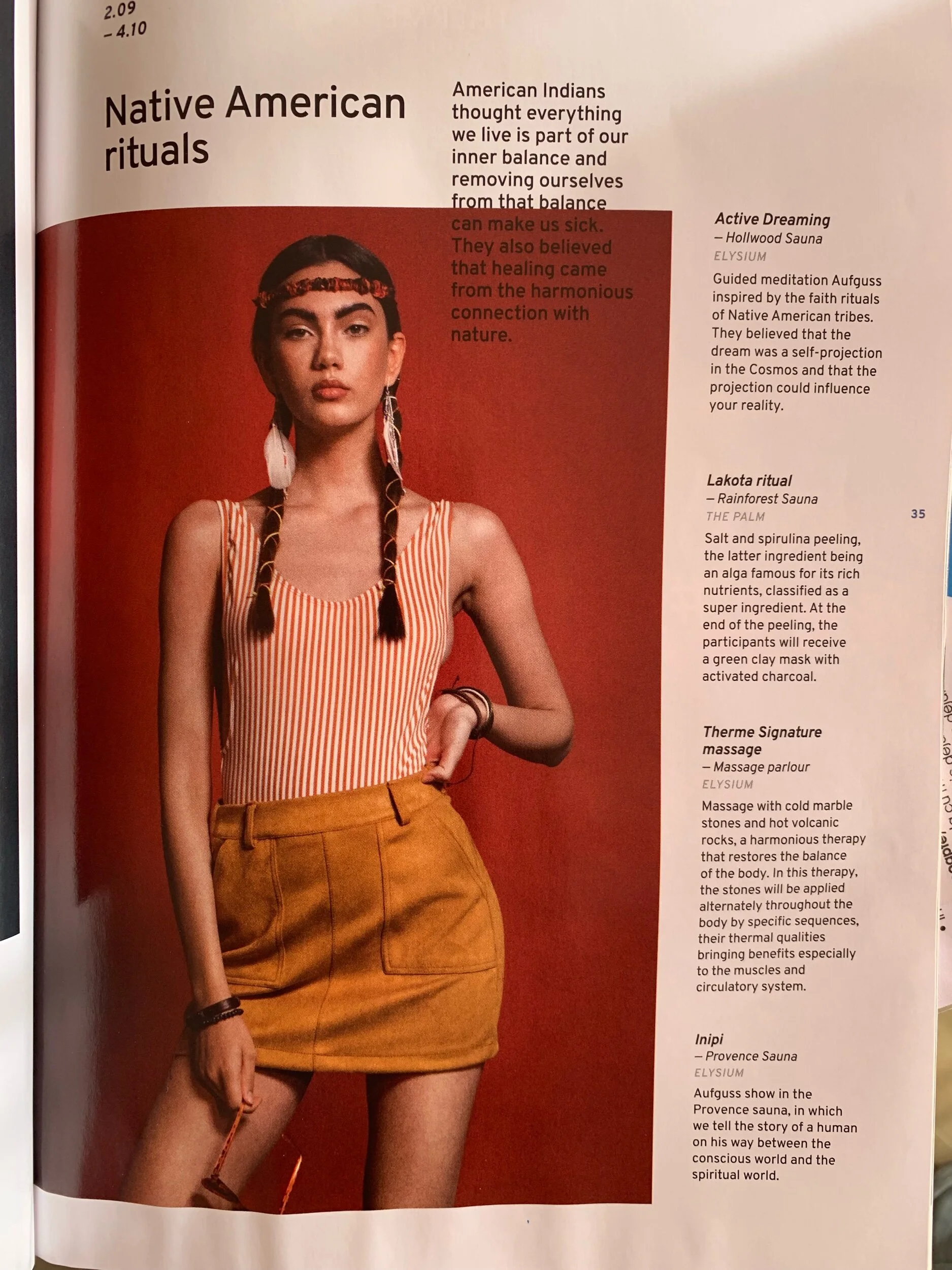
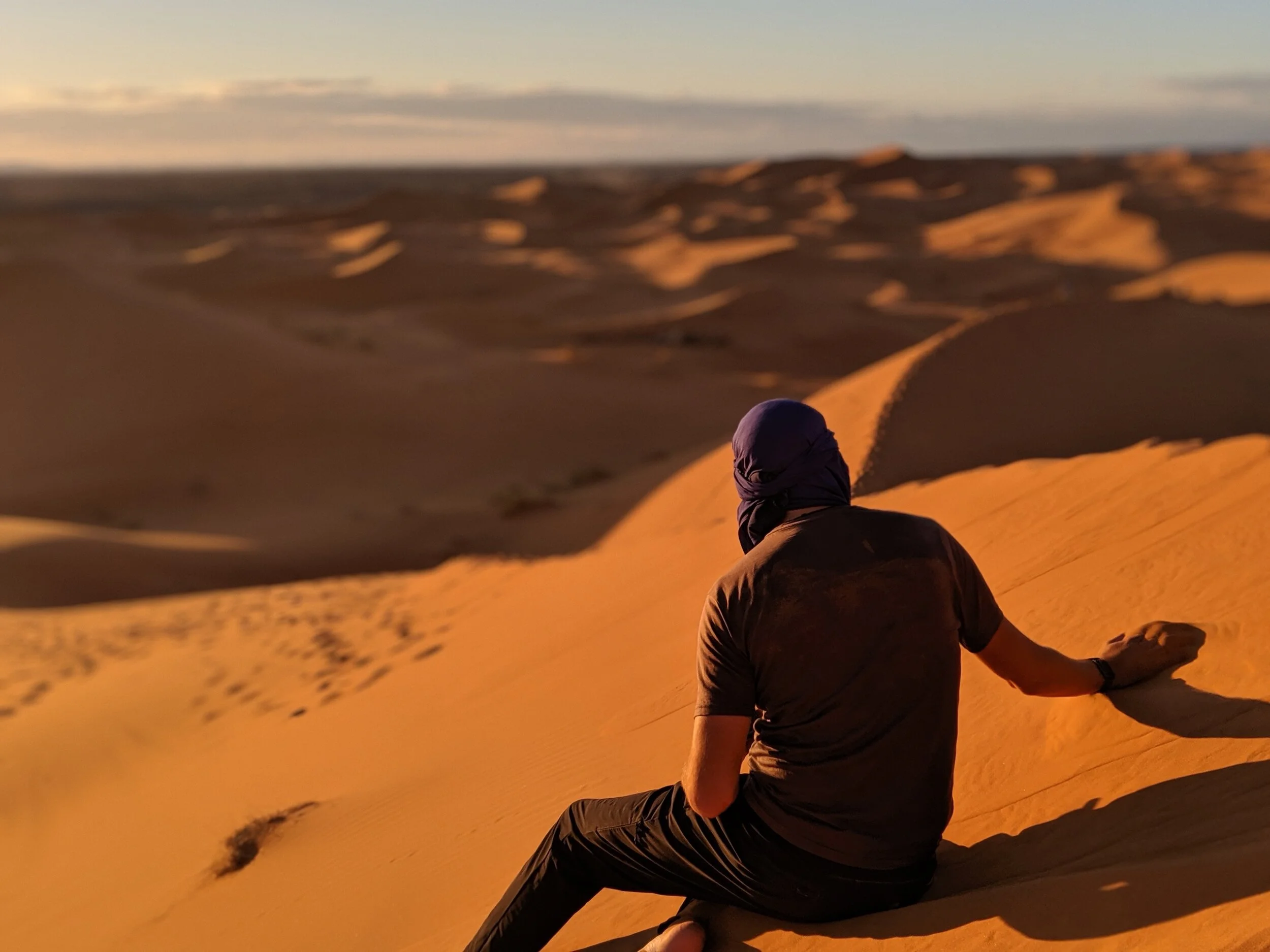

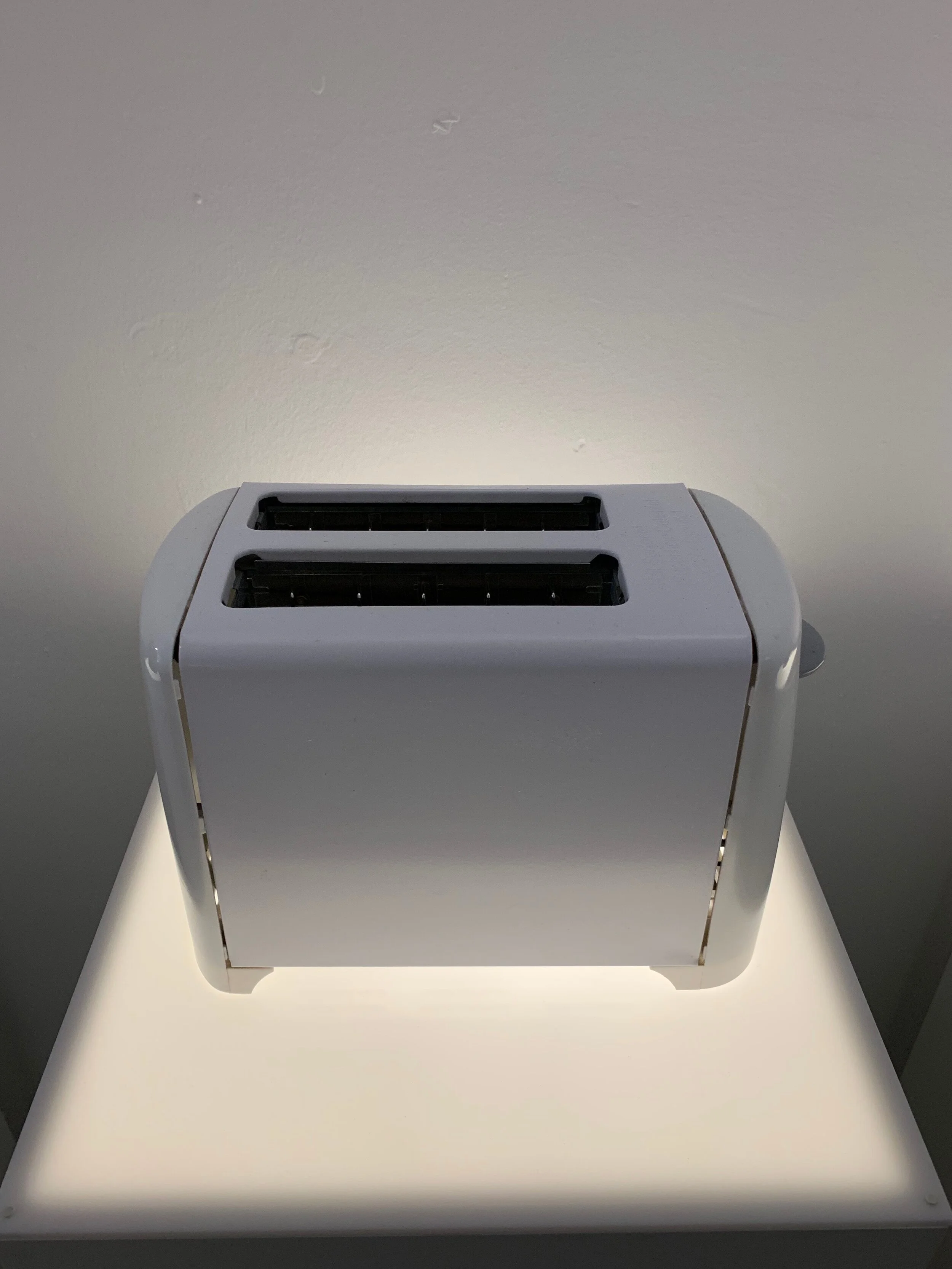

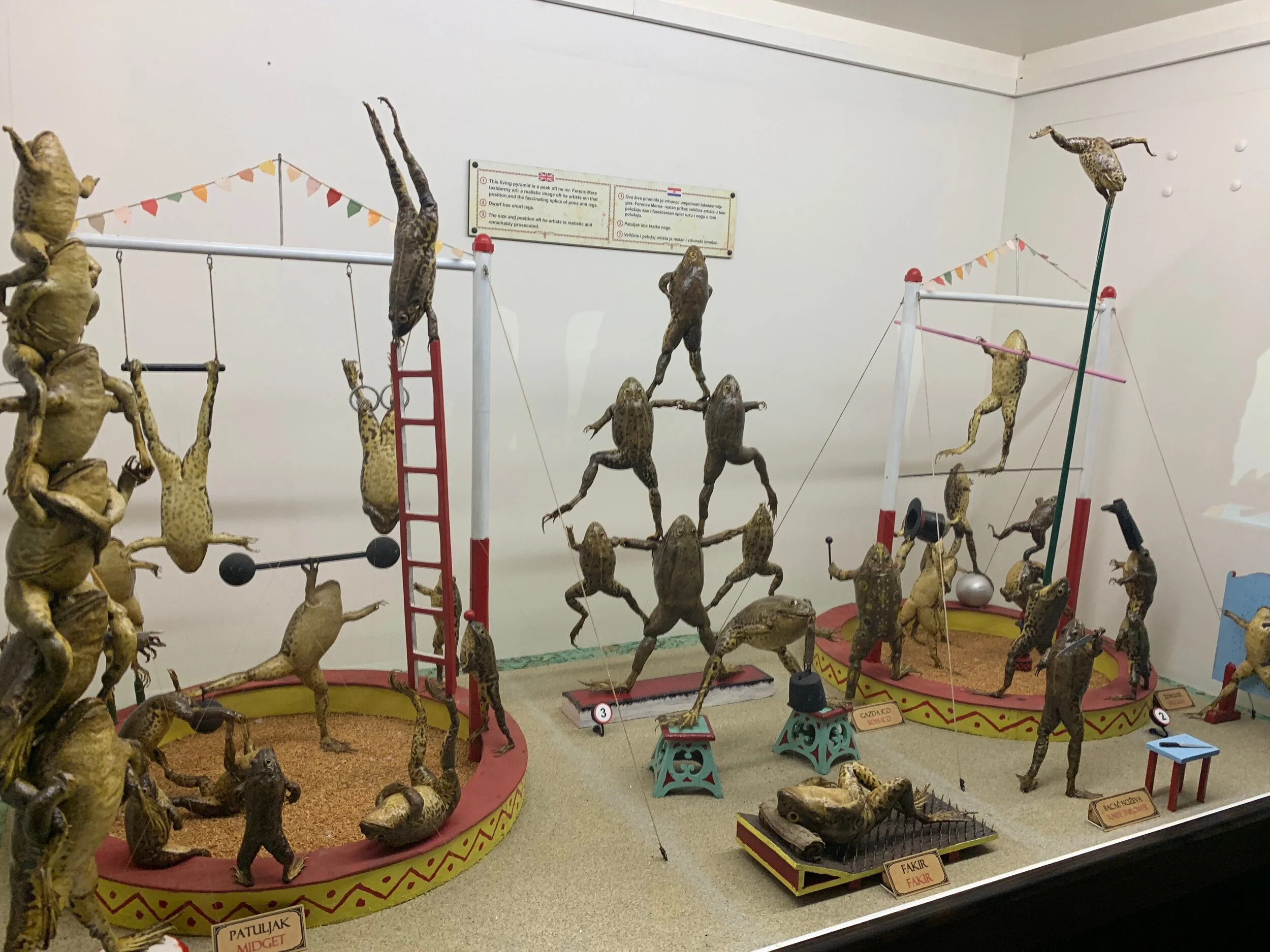
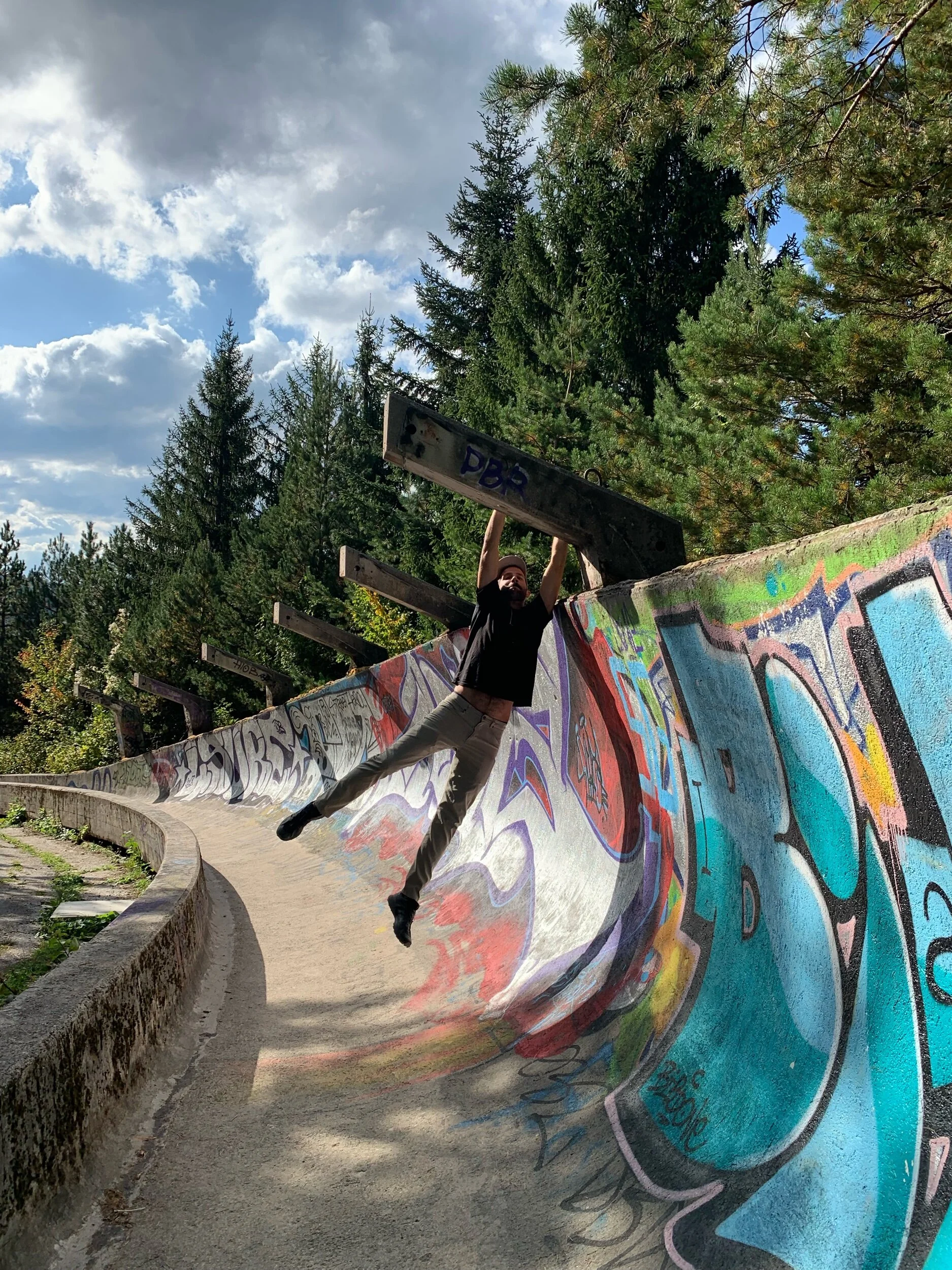
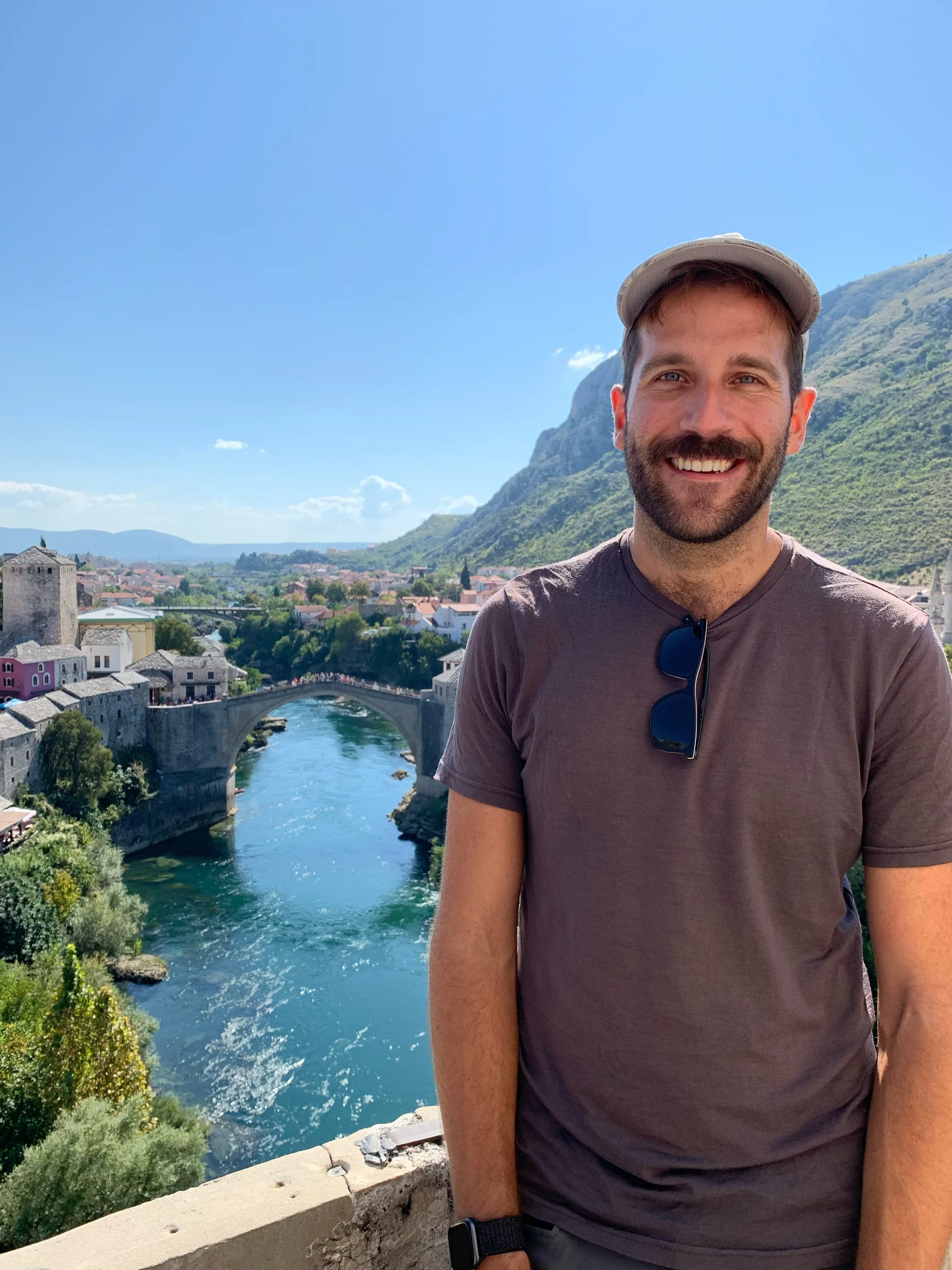
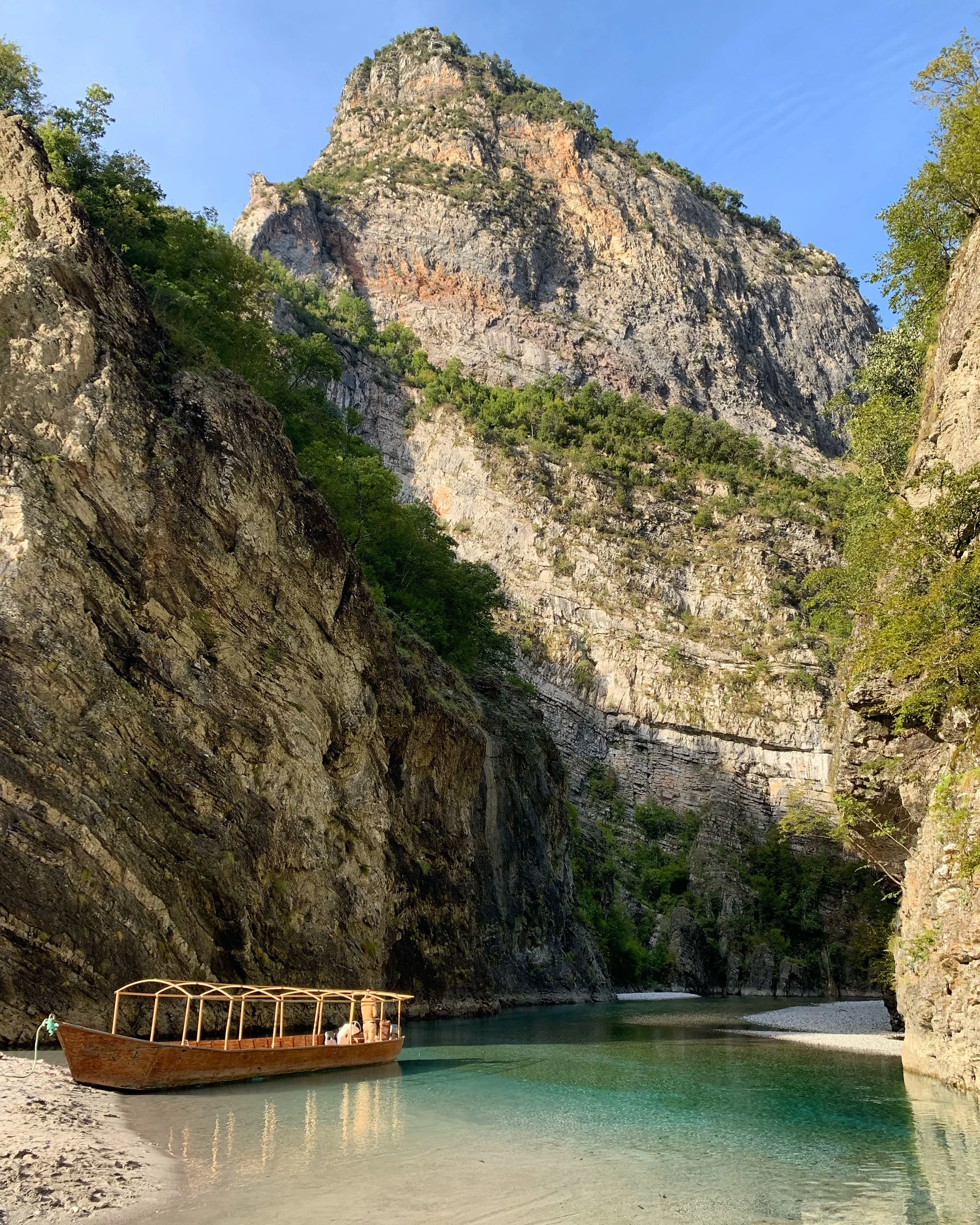
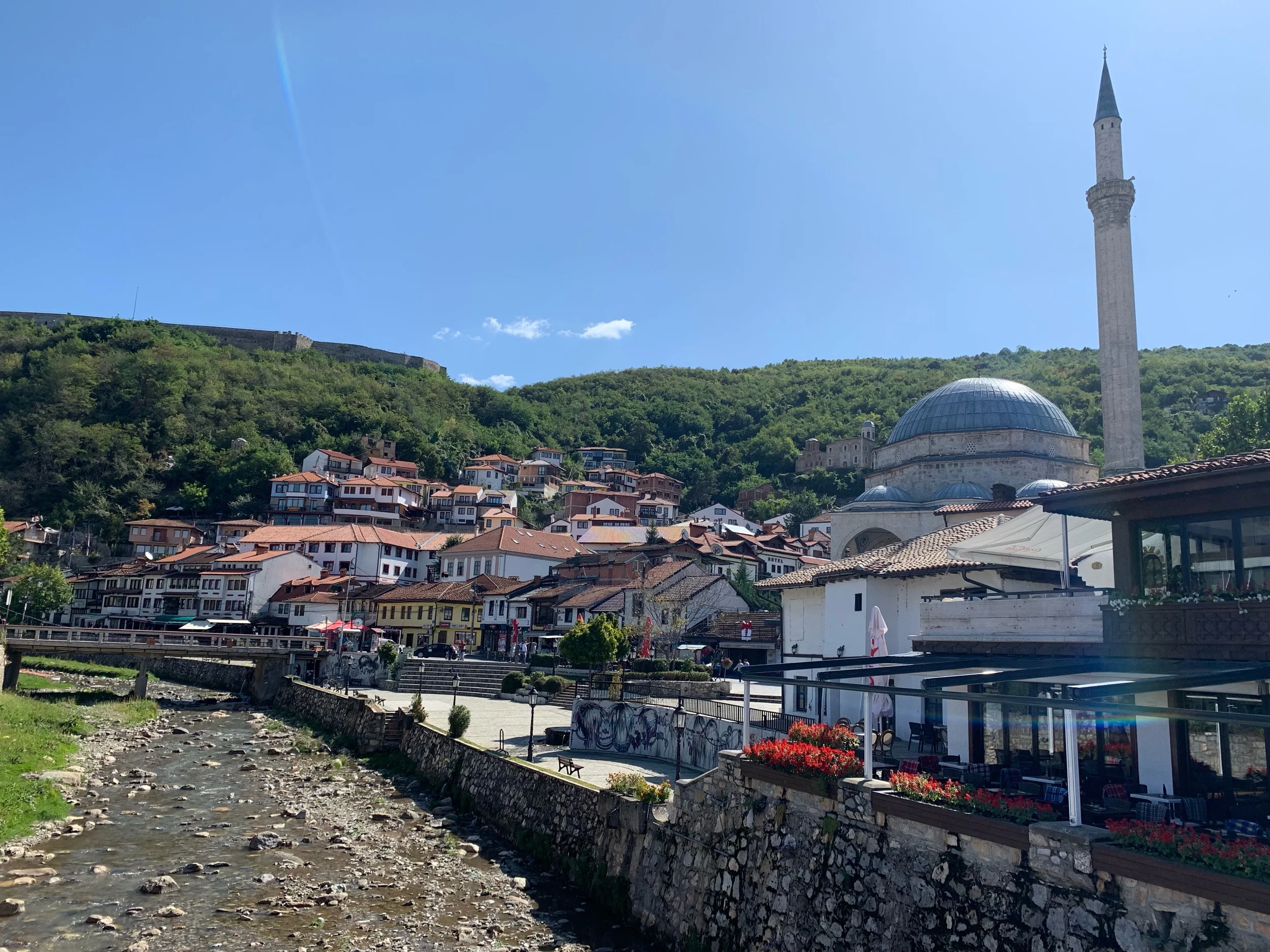
A must for history junkies